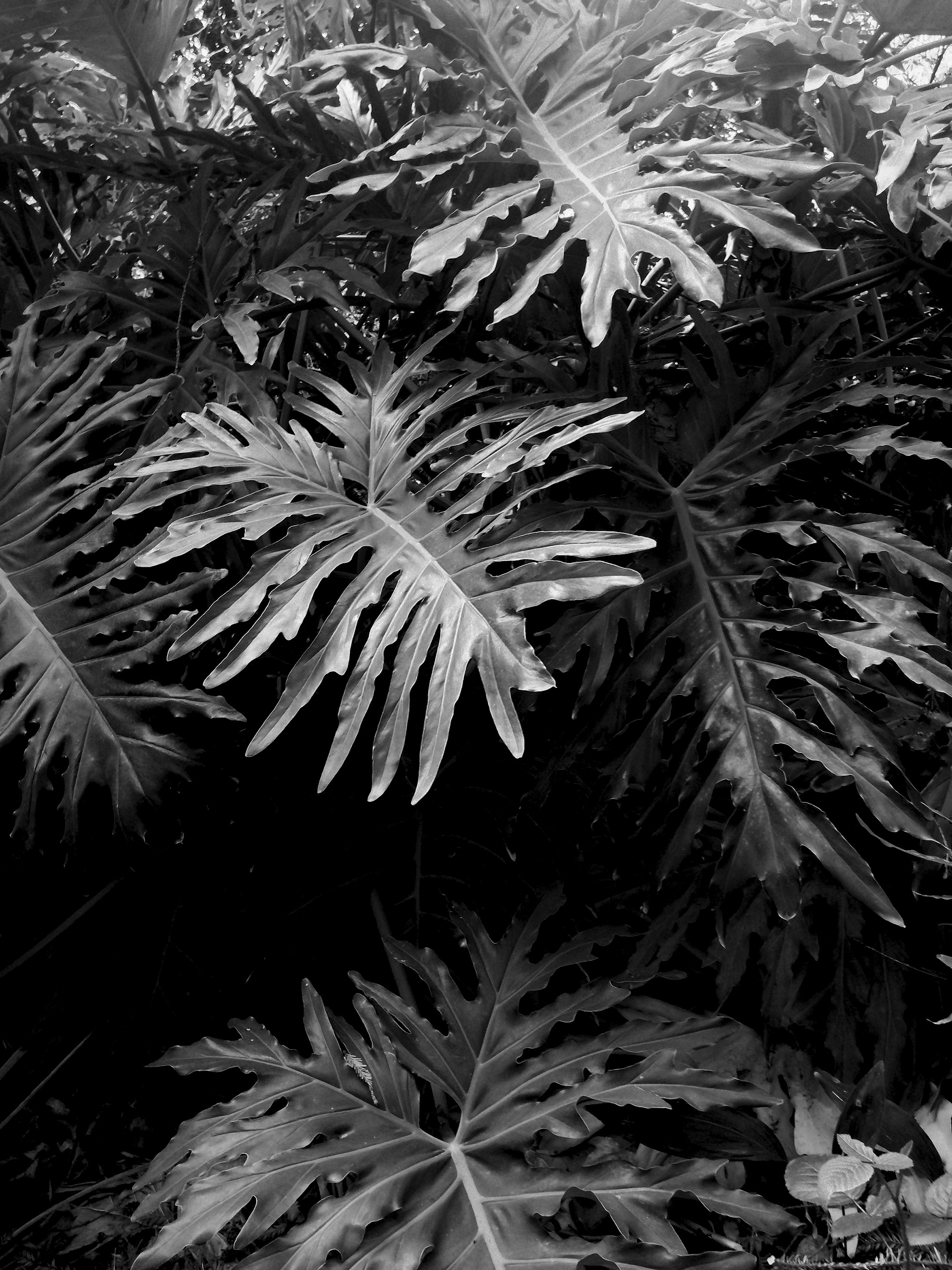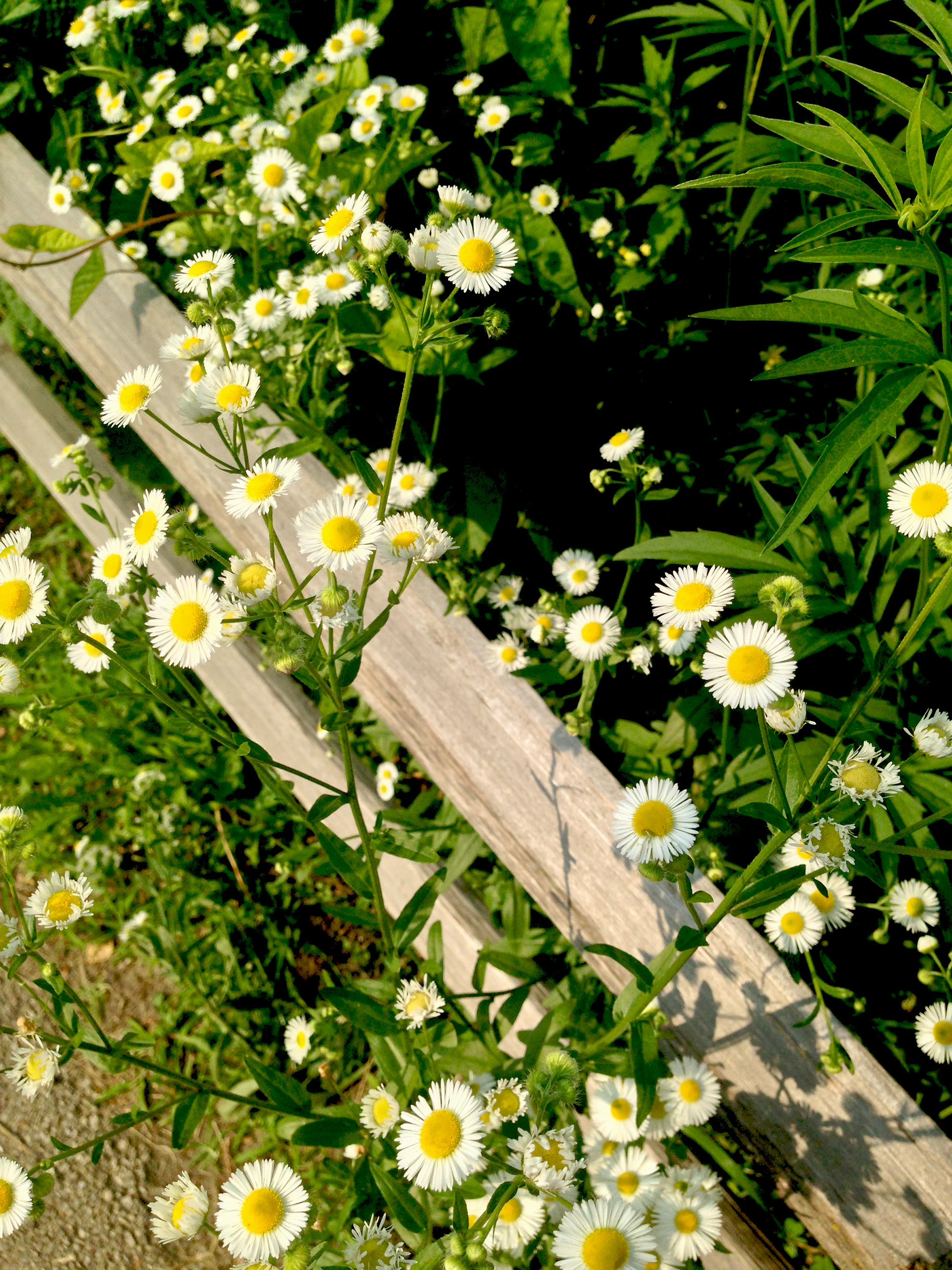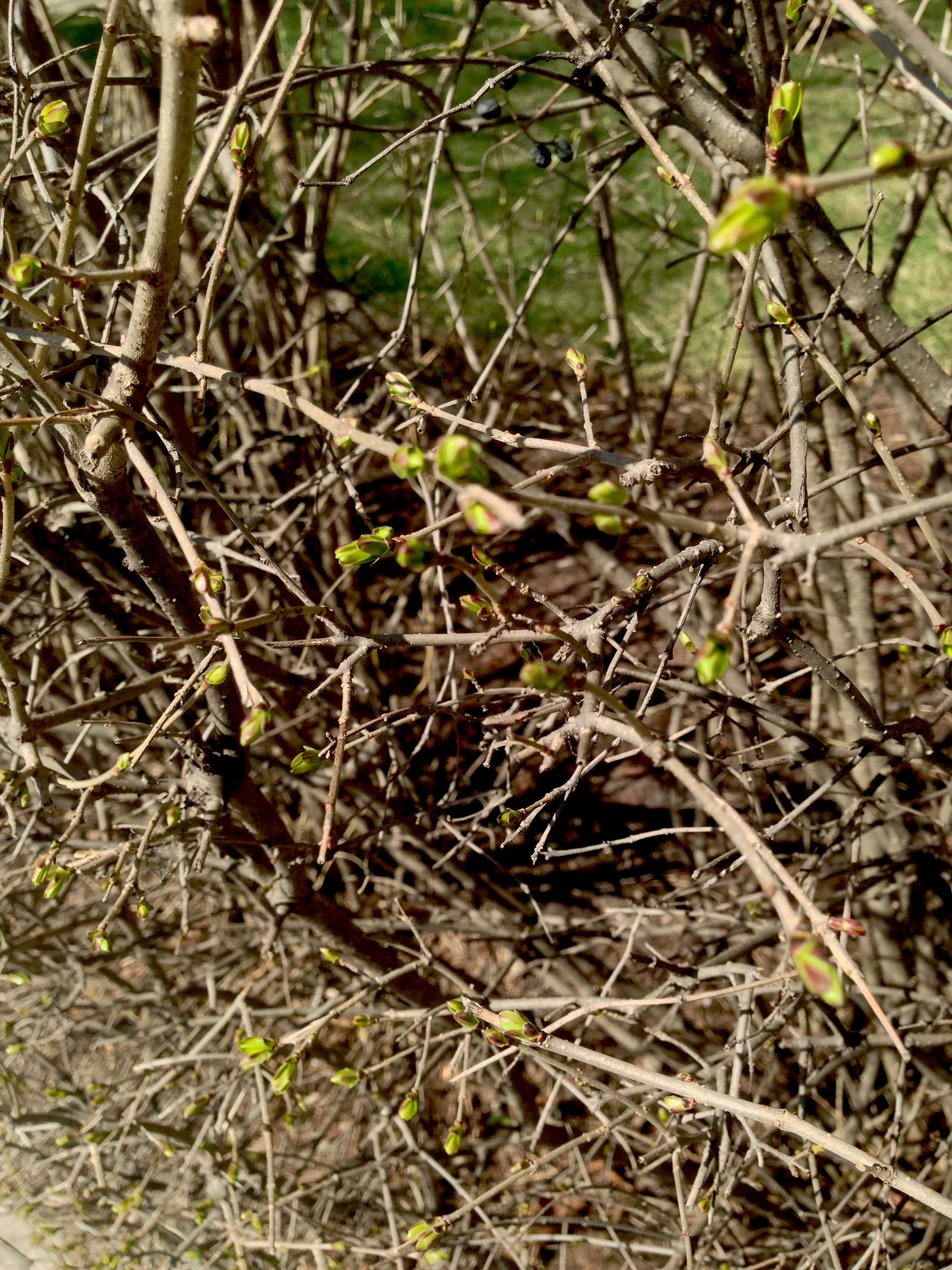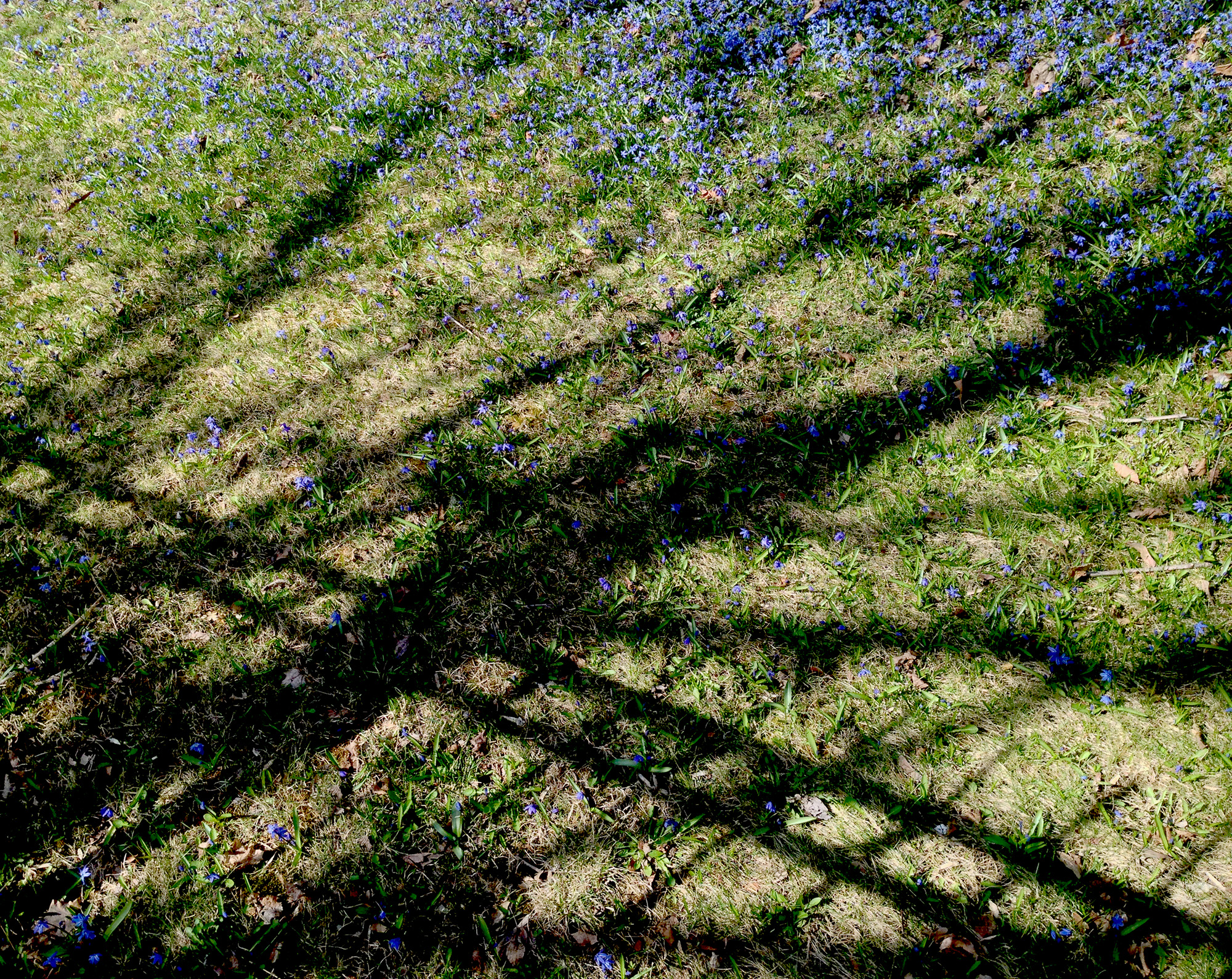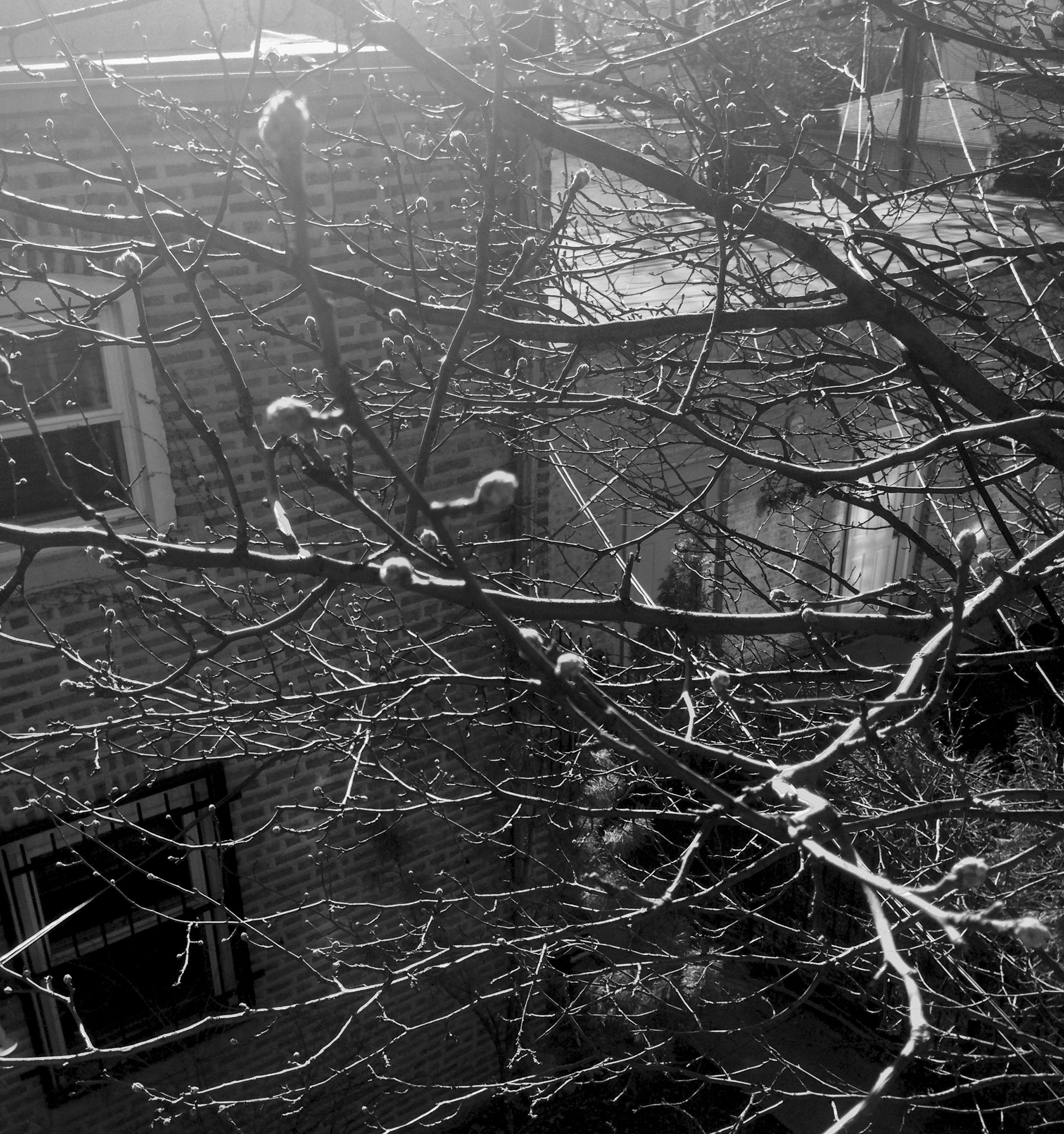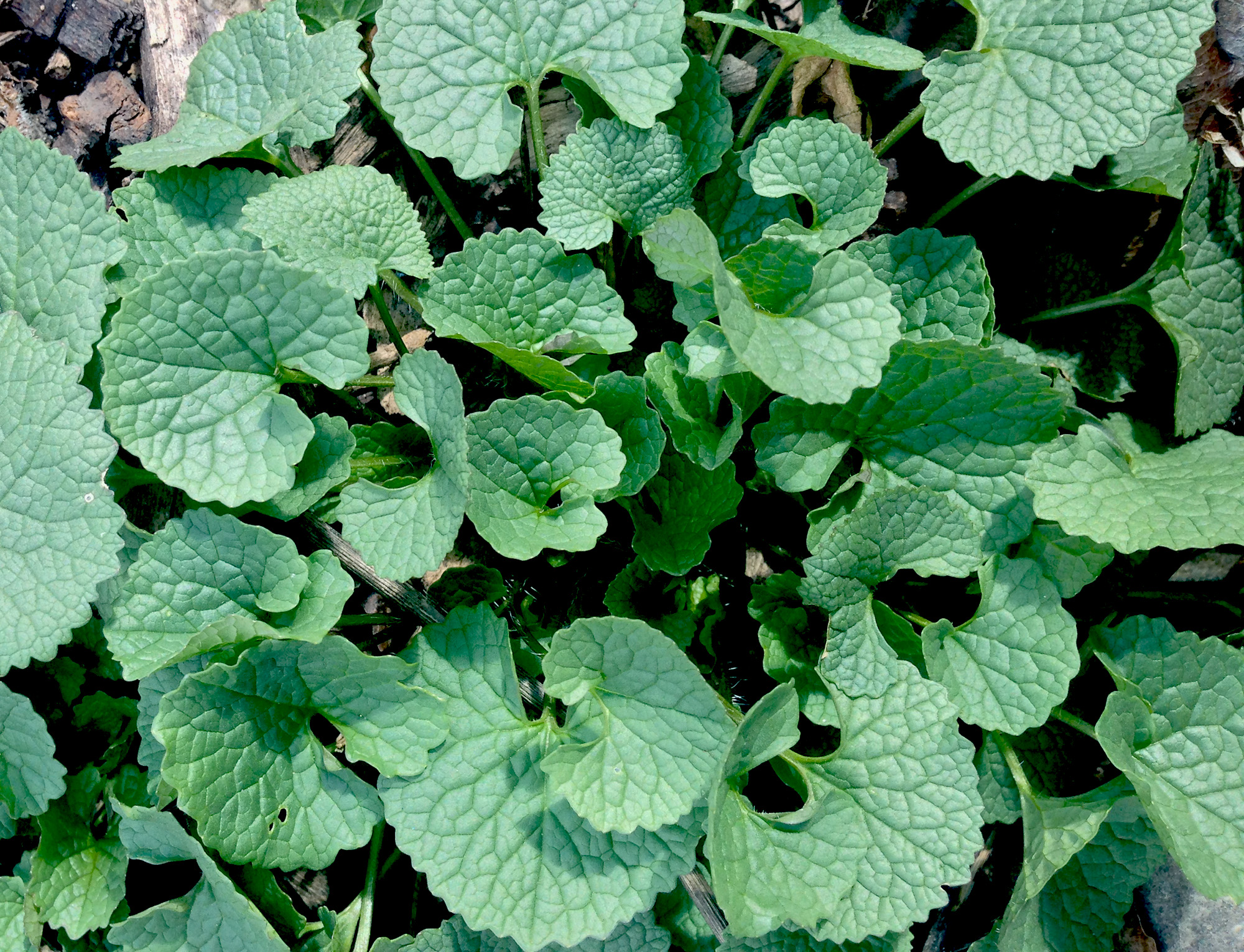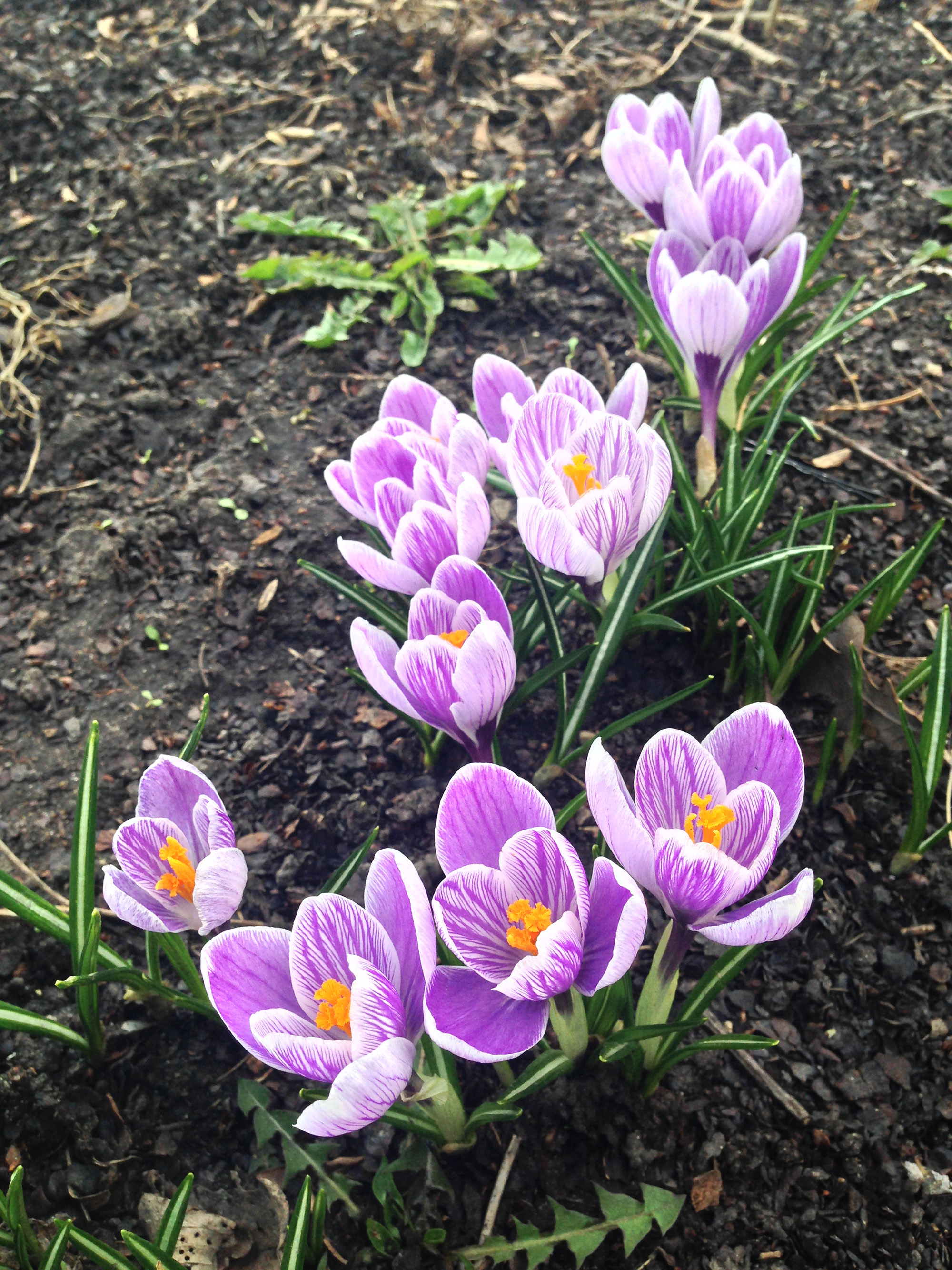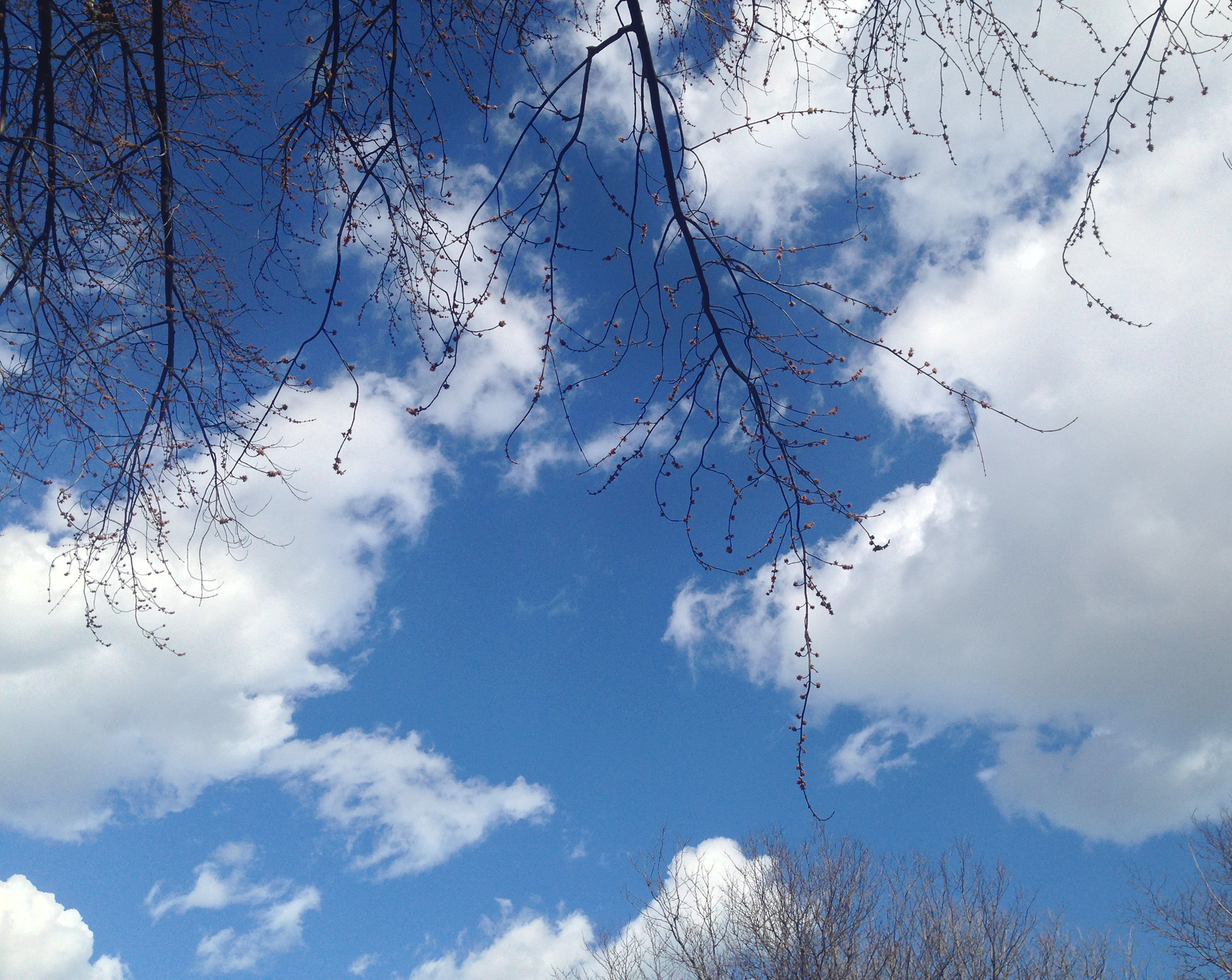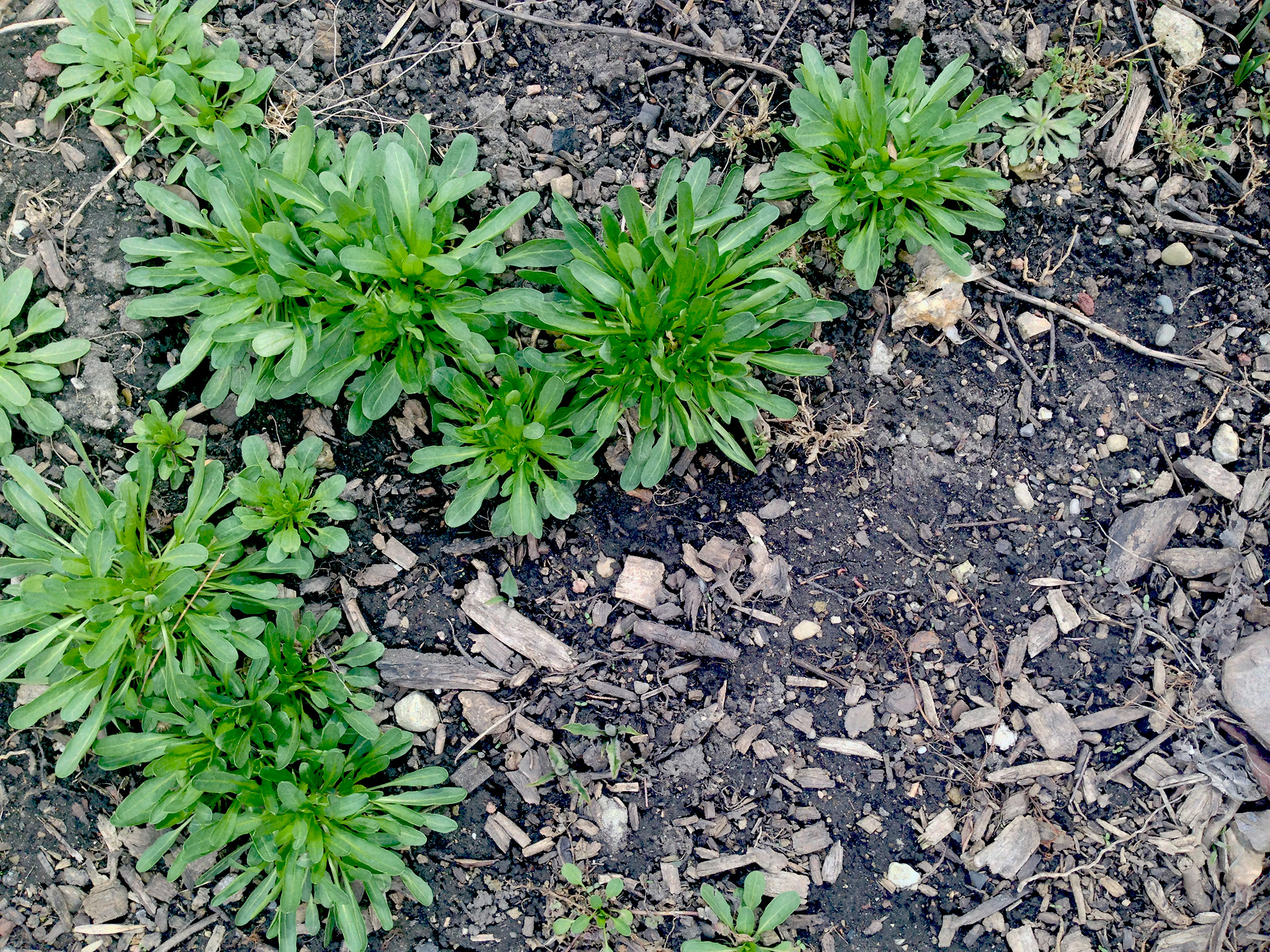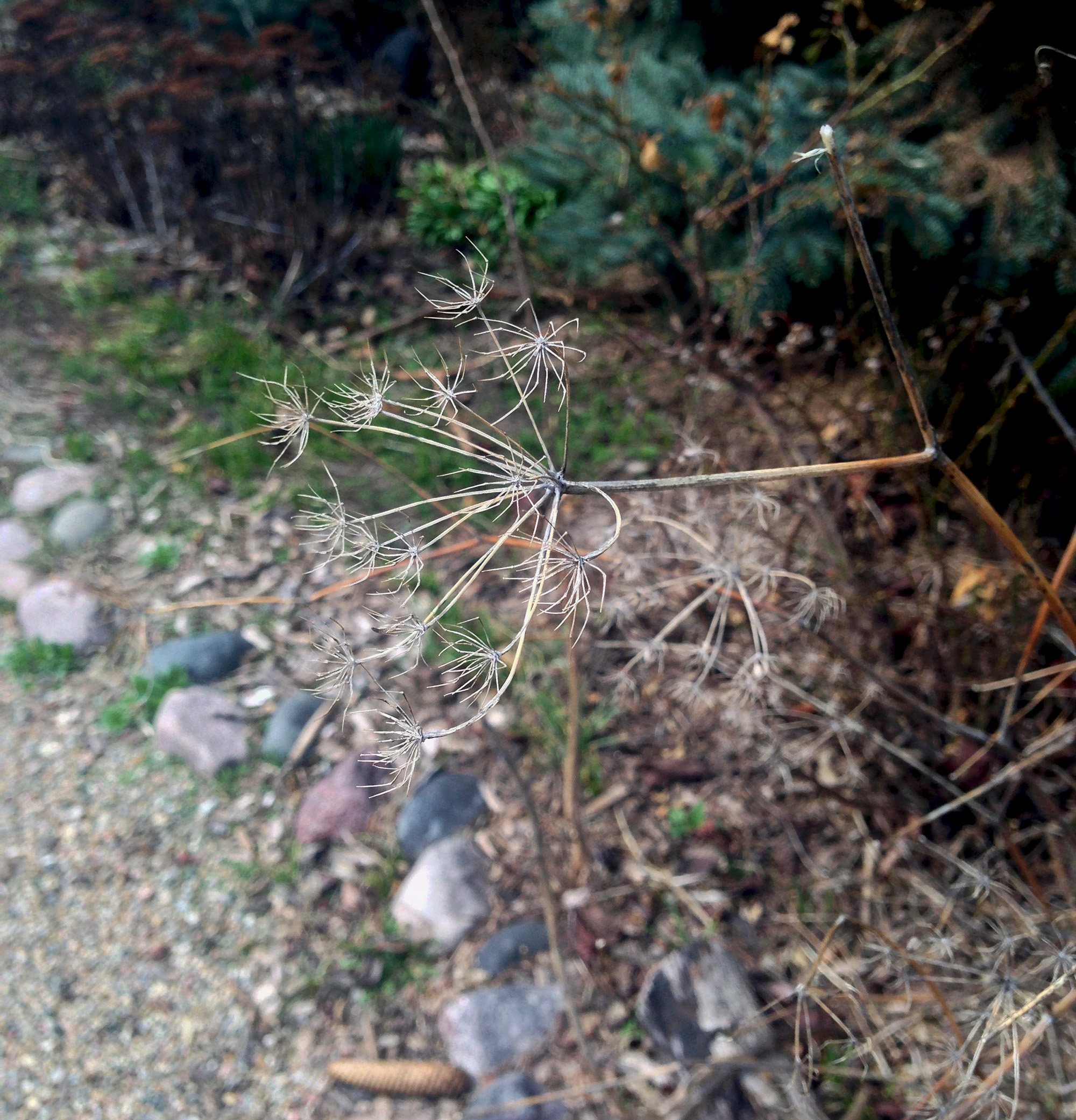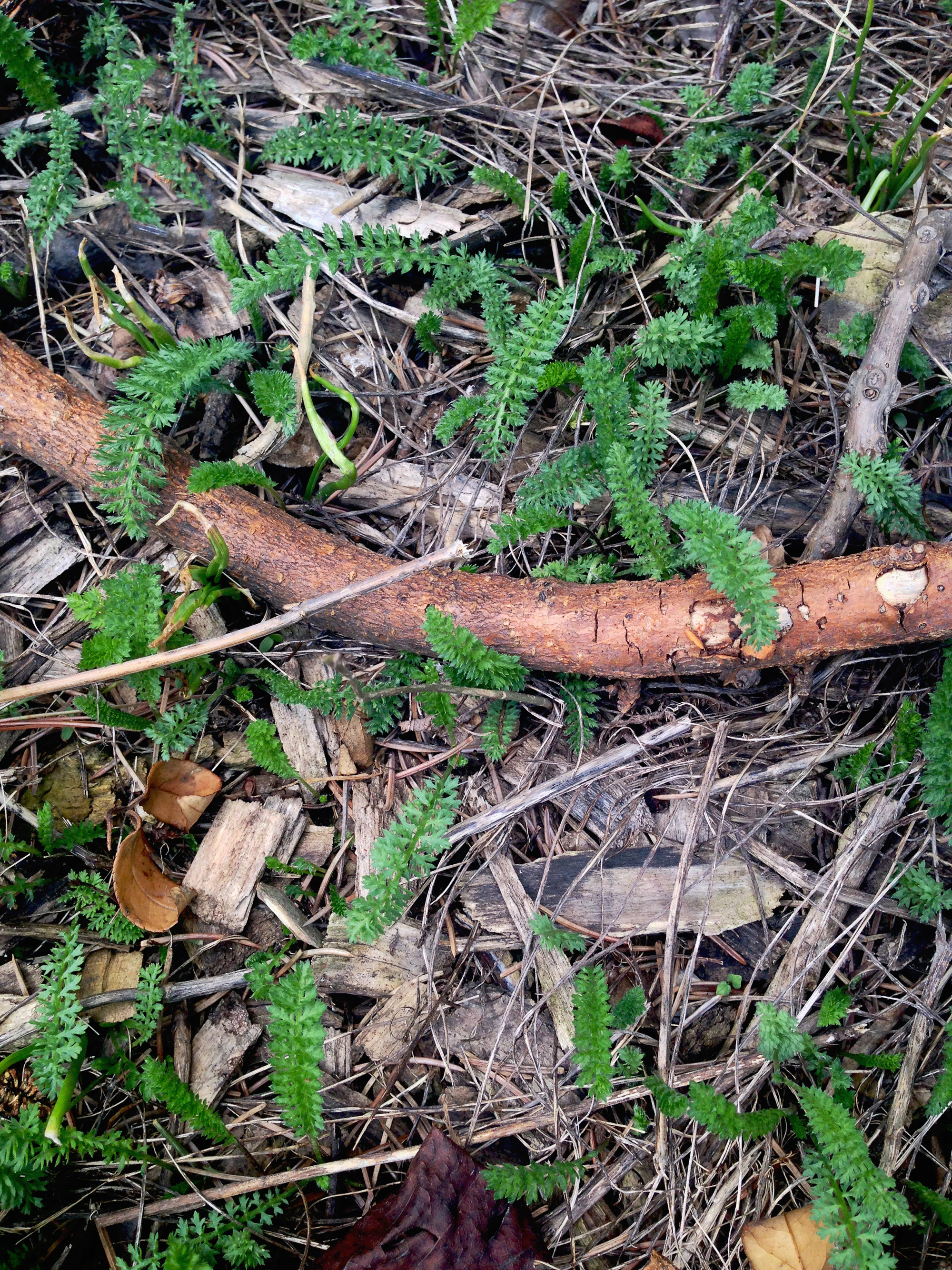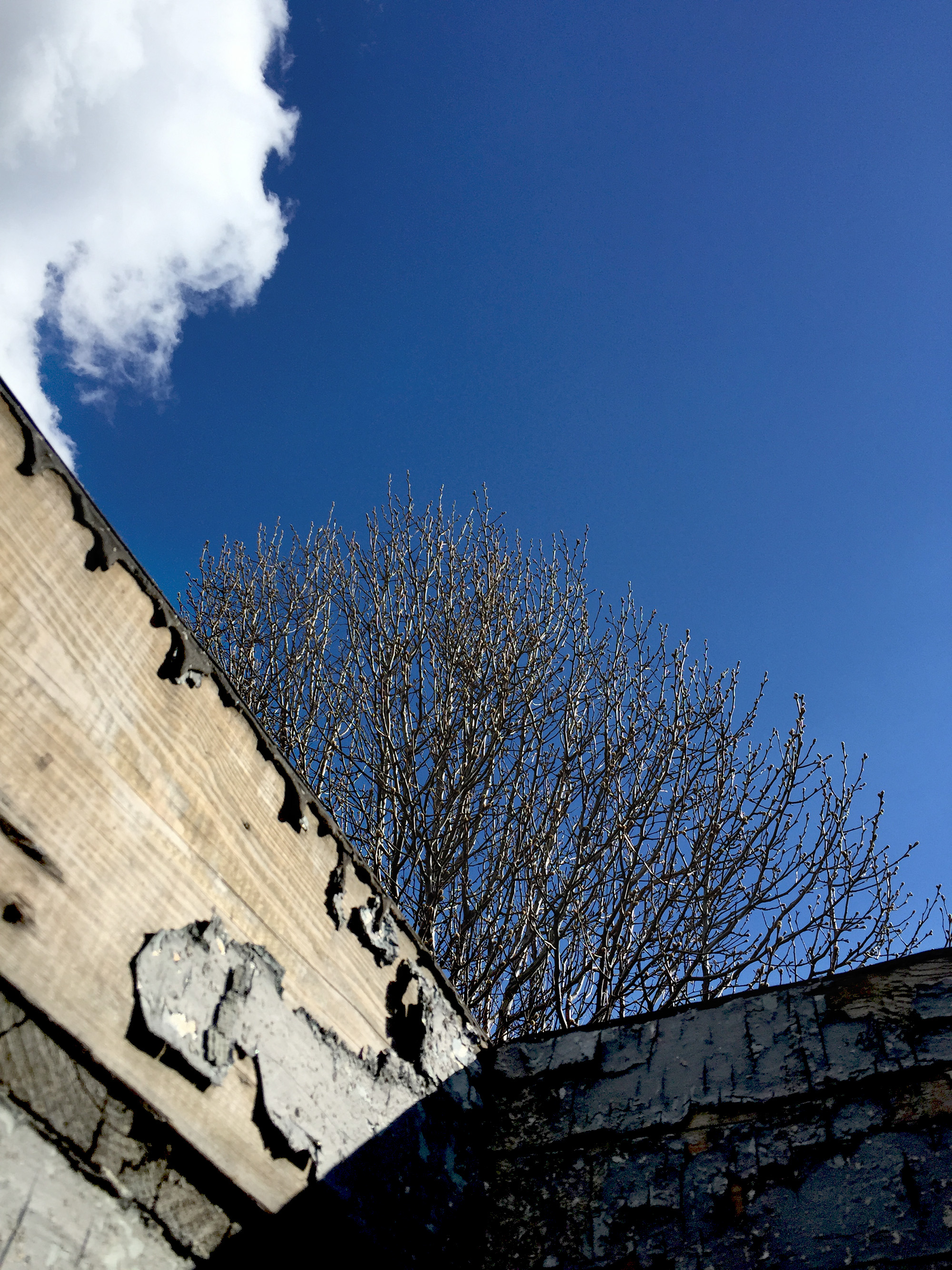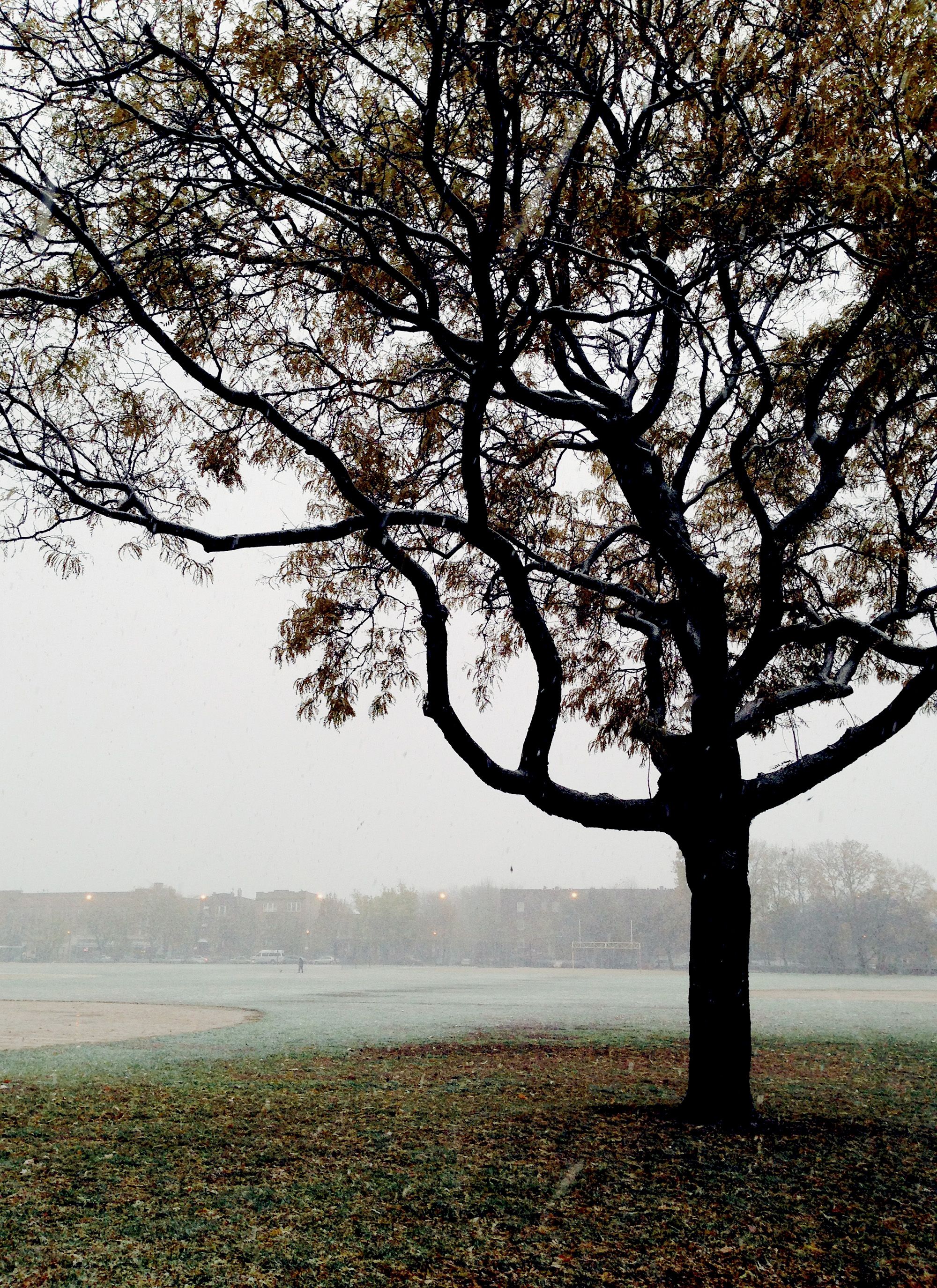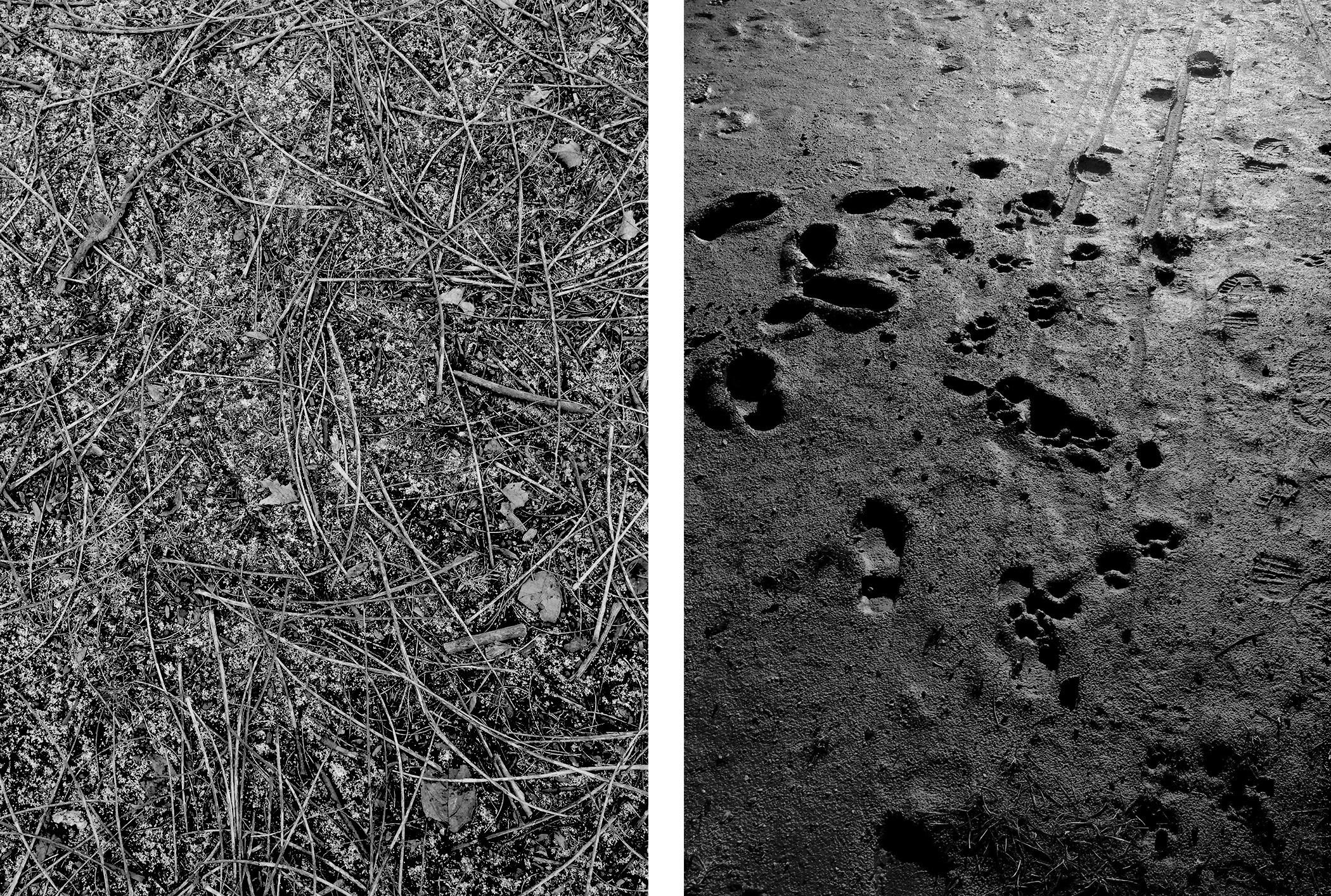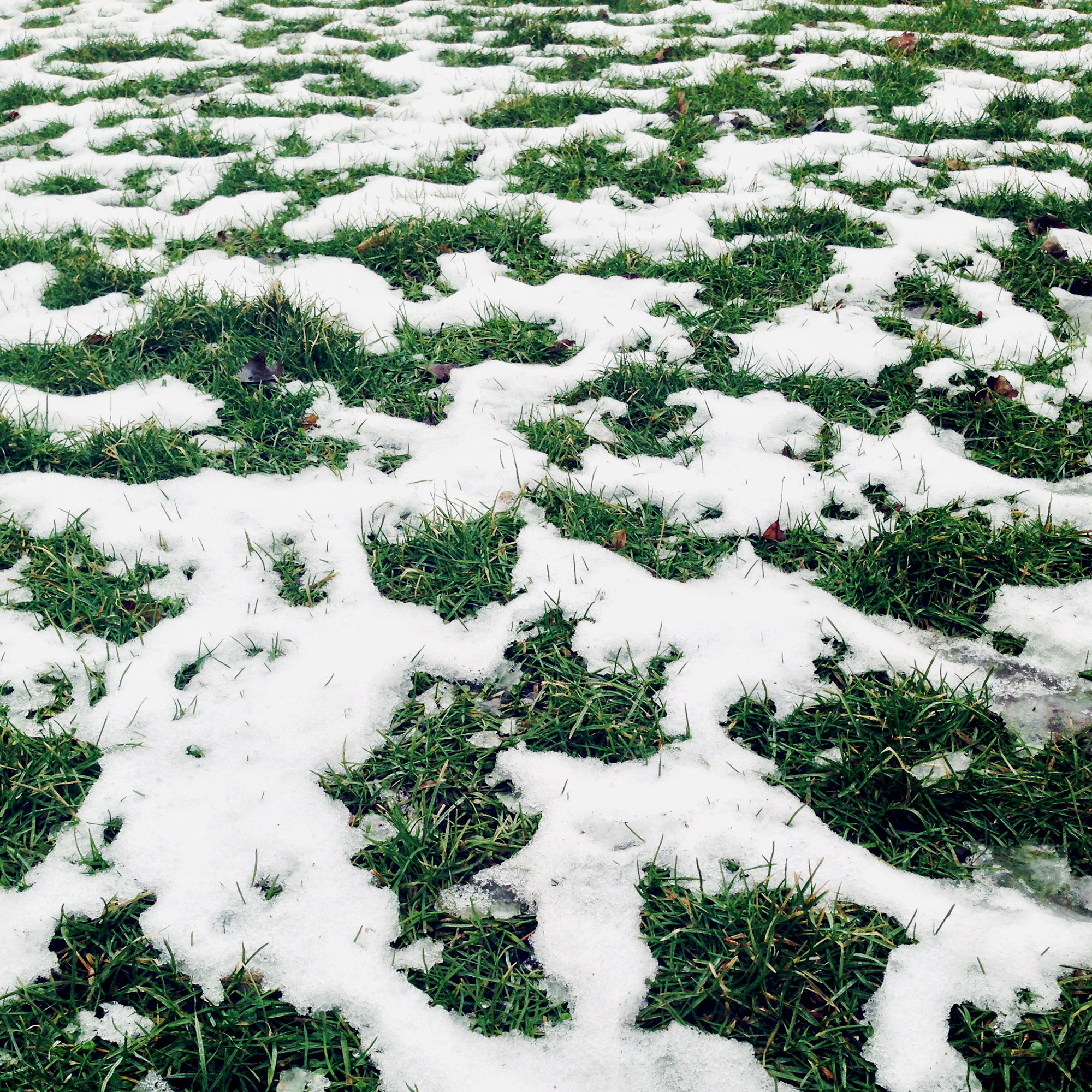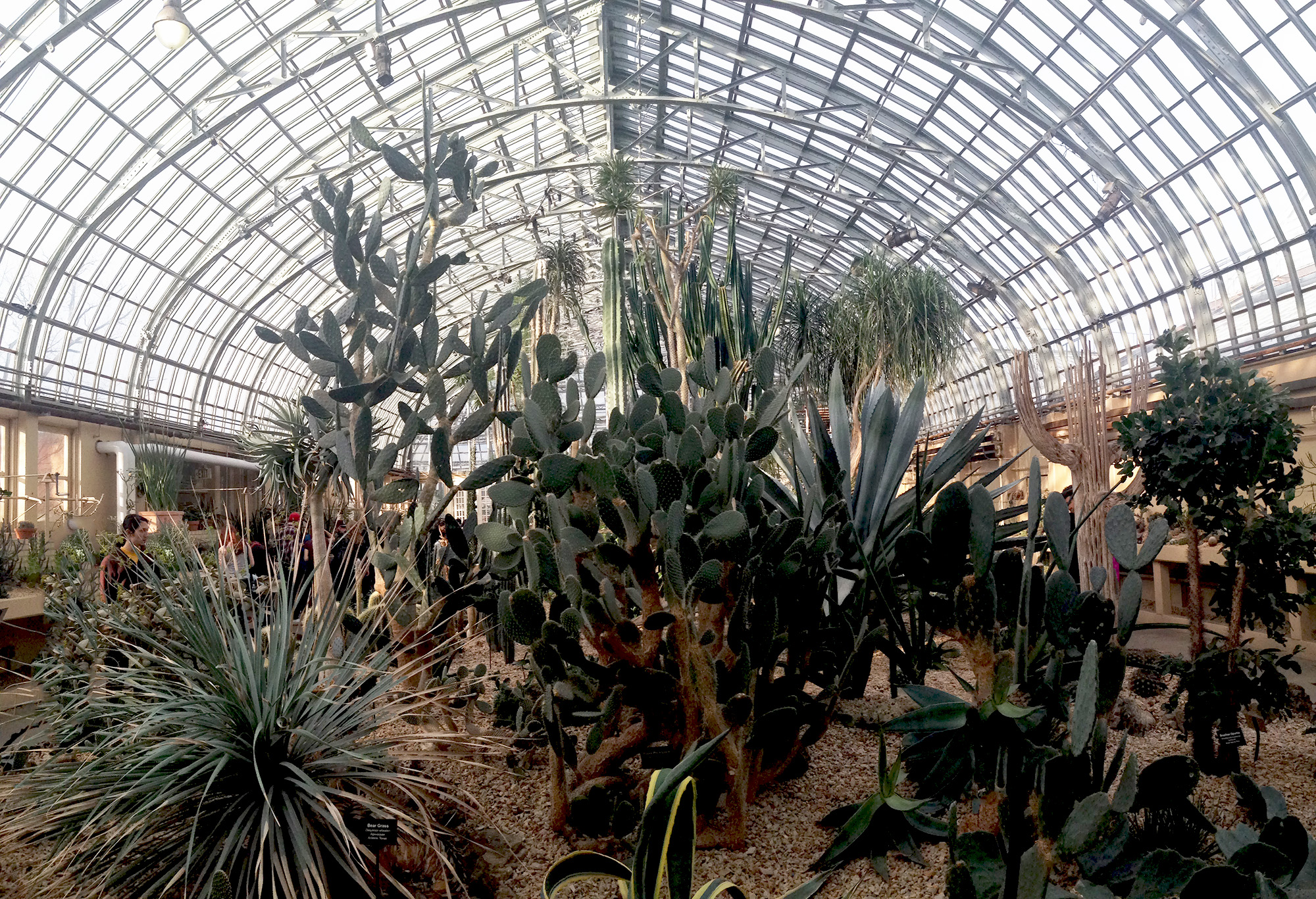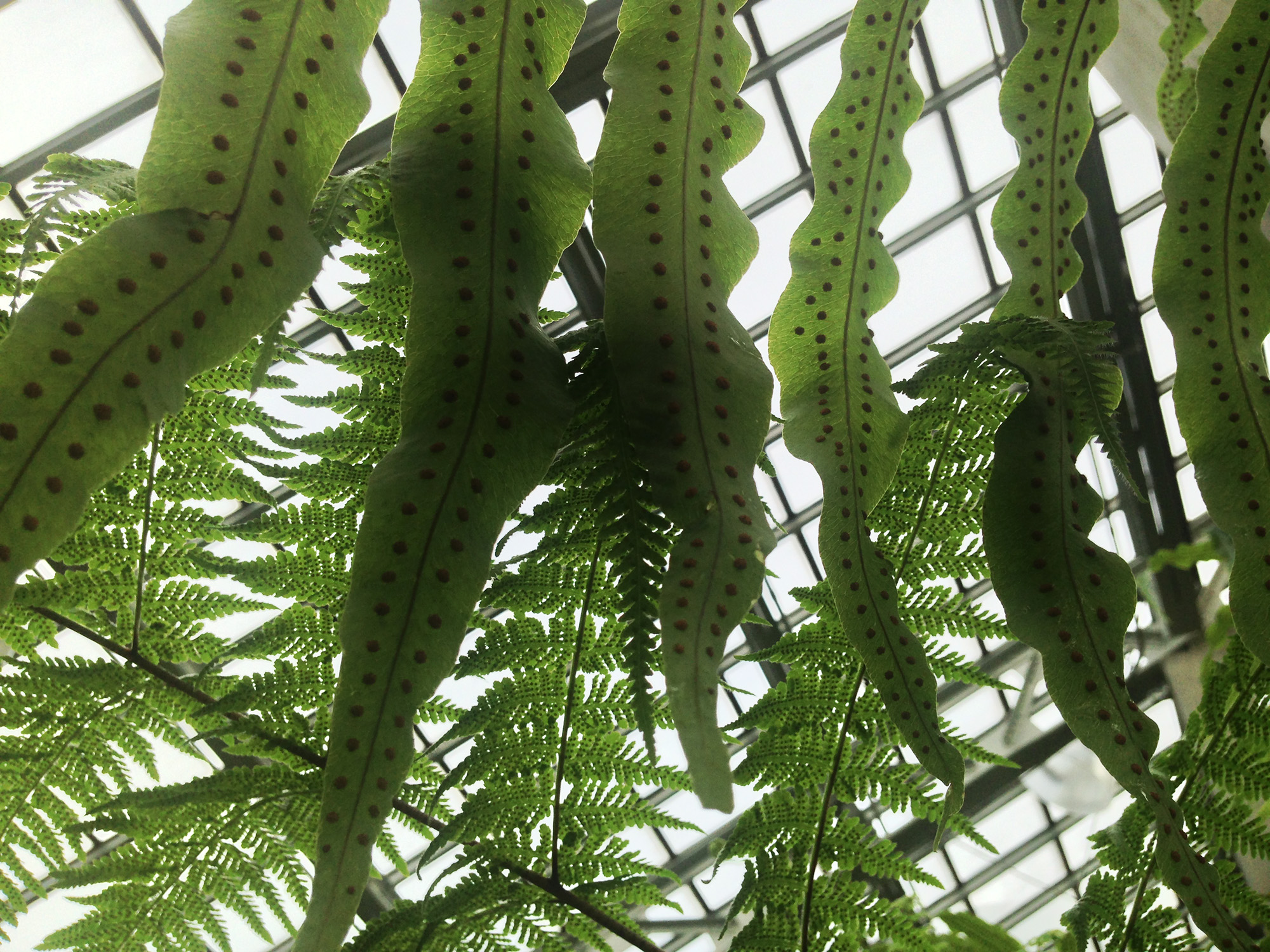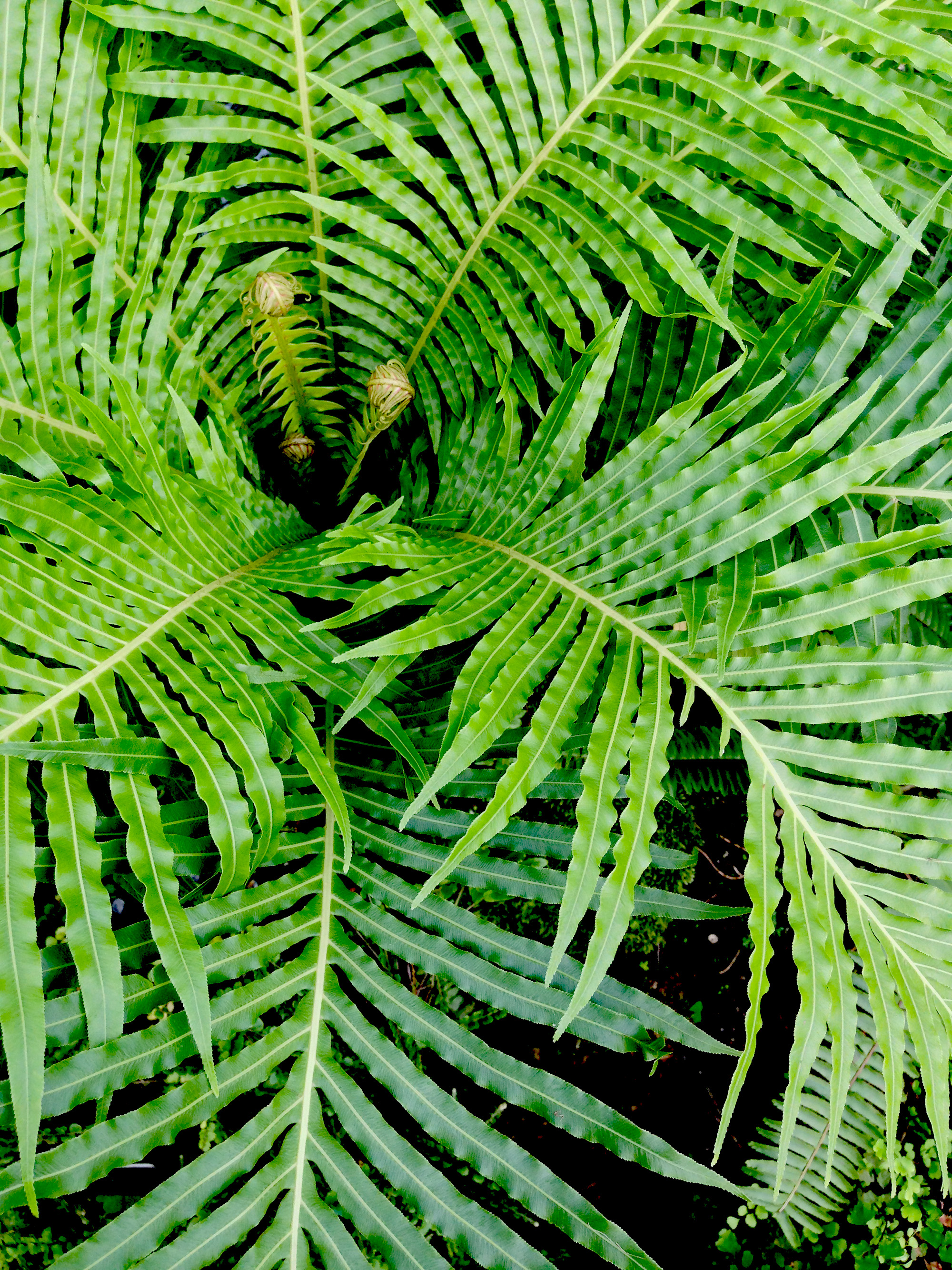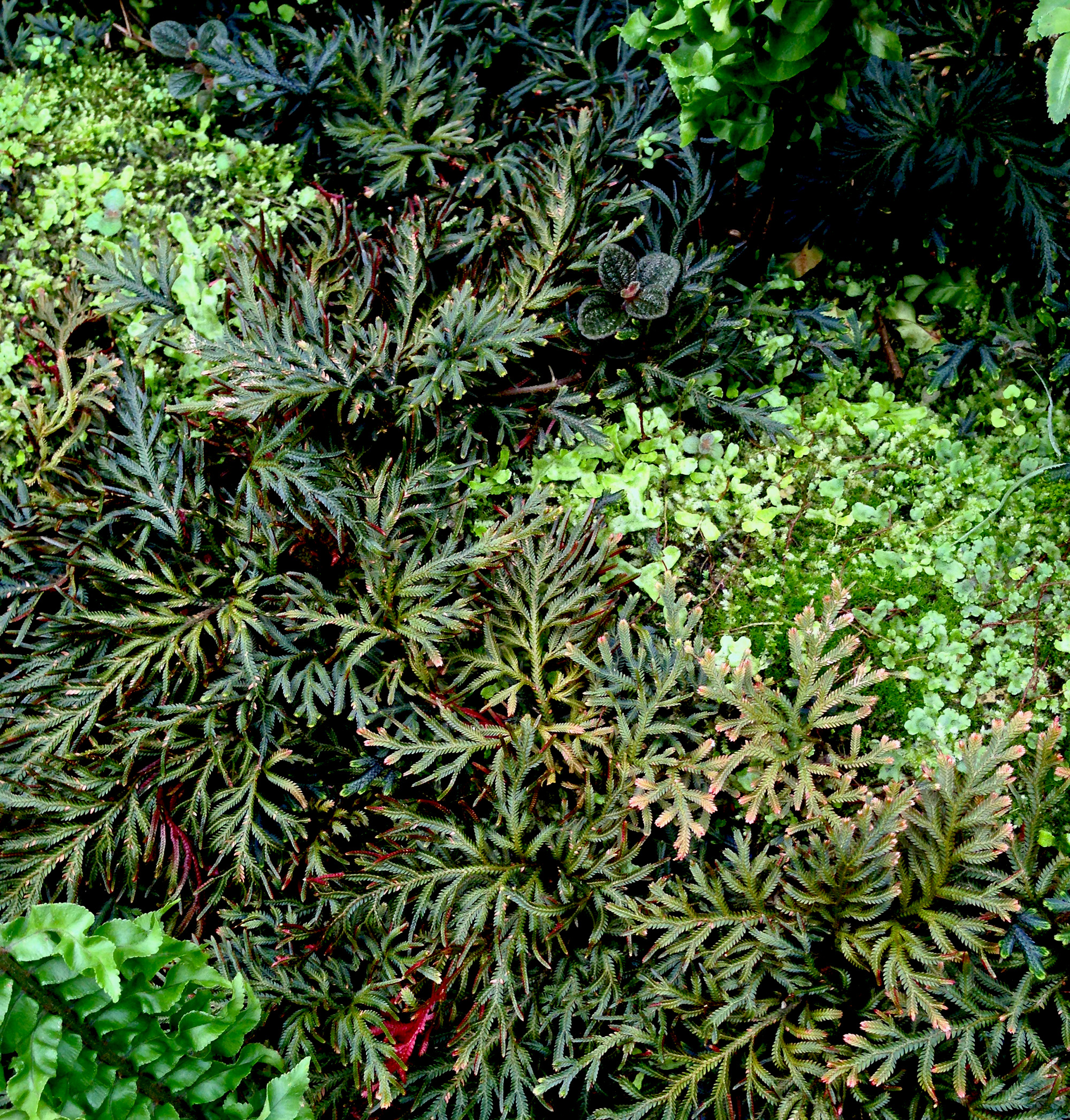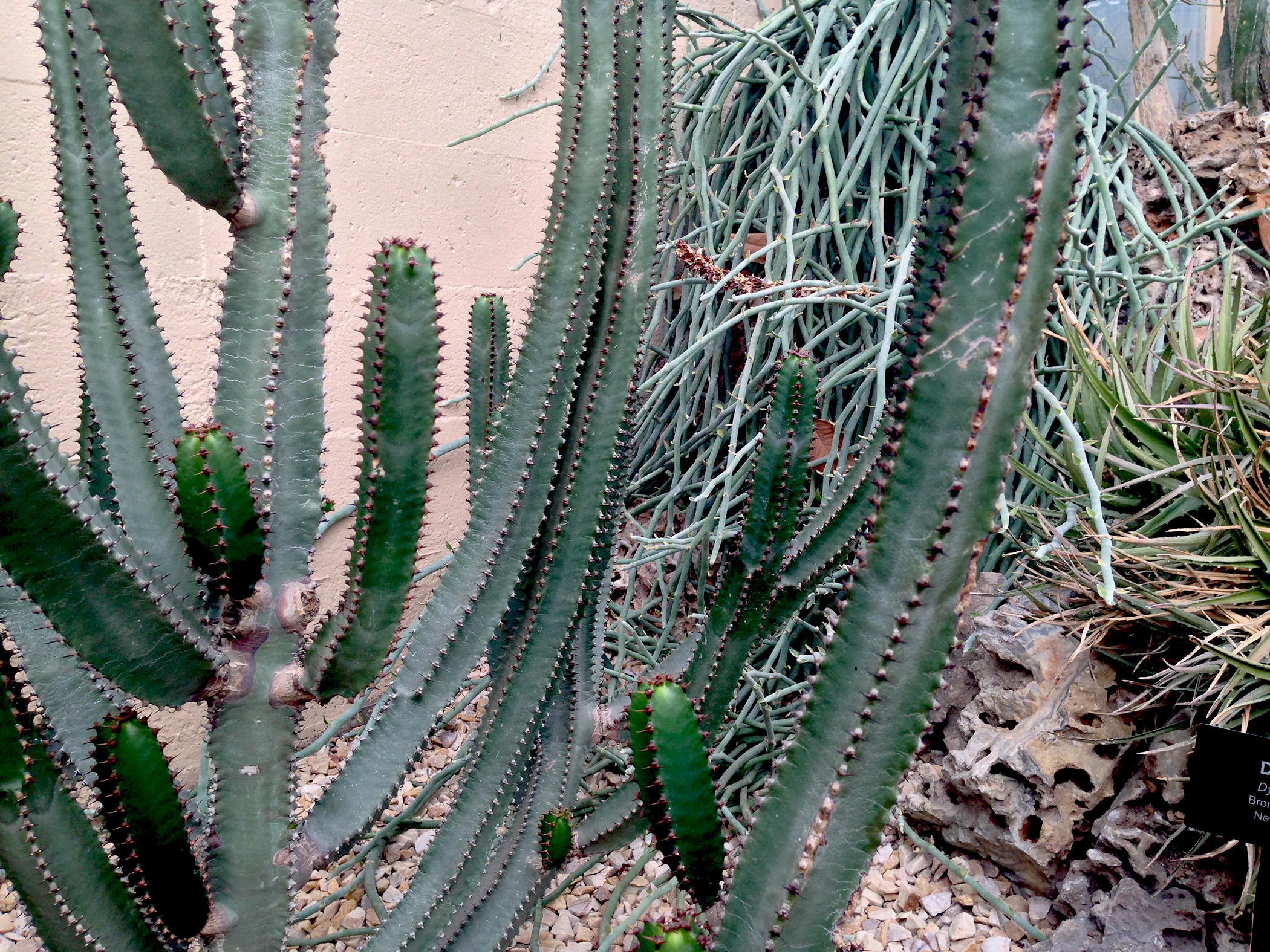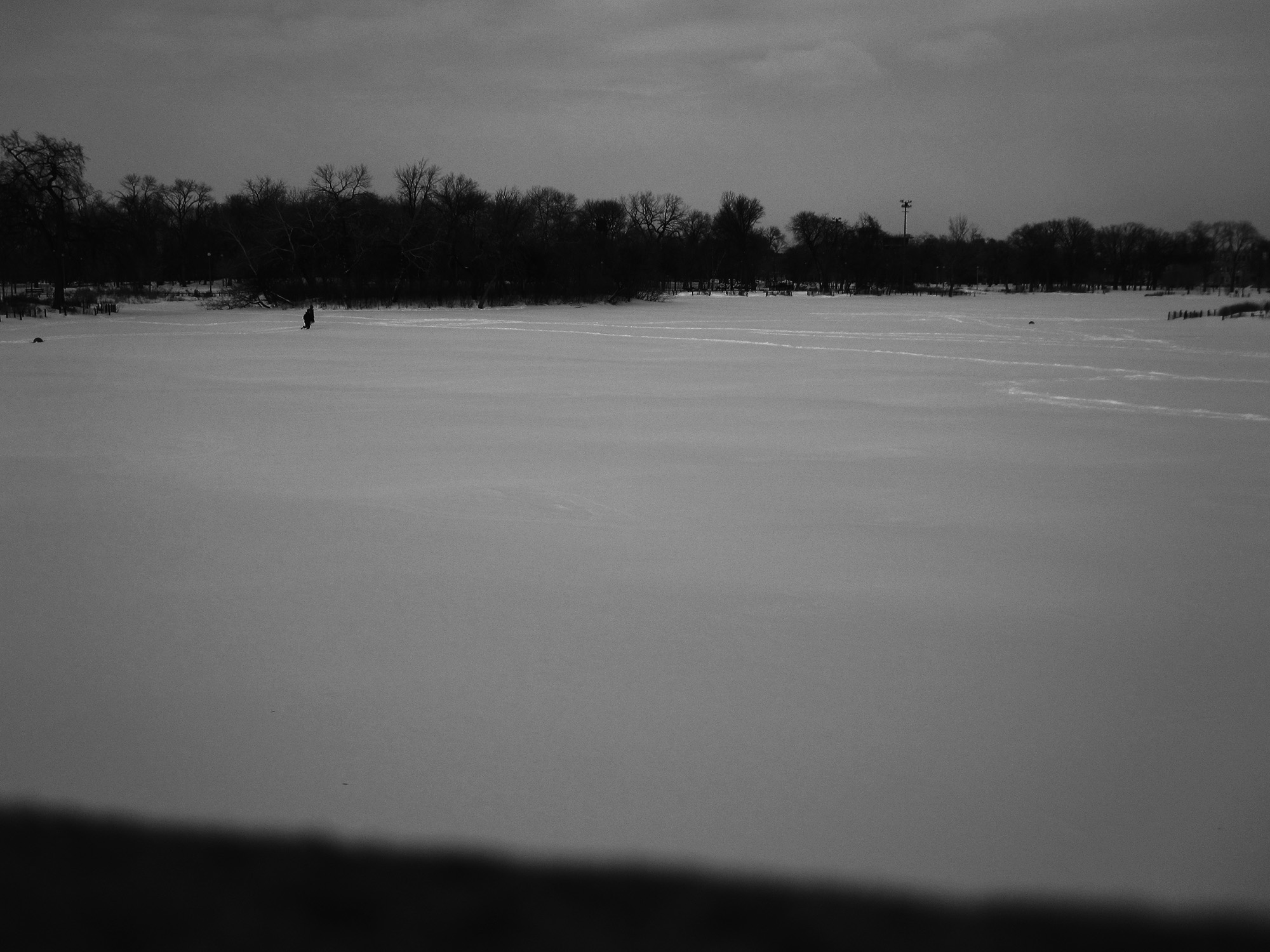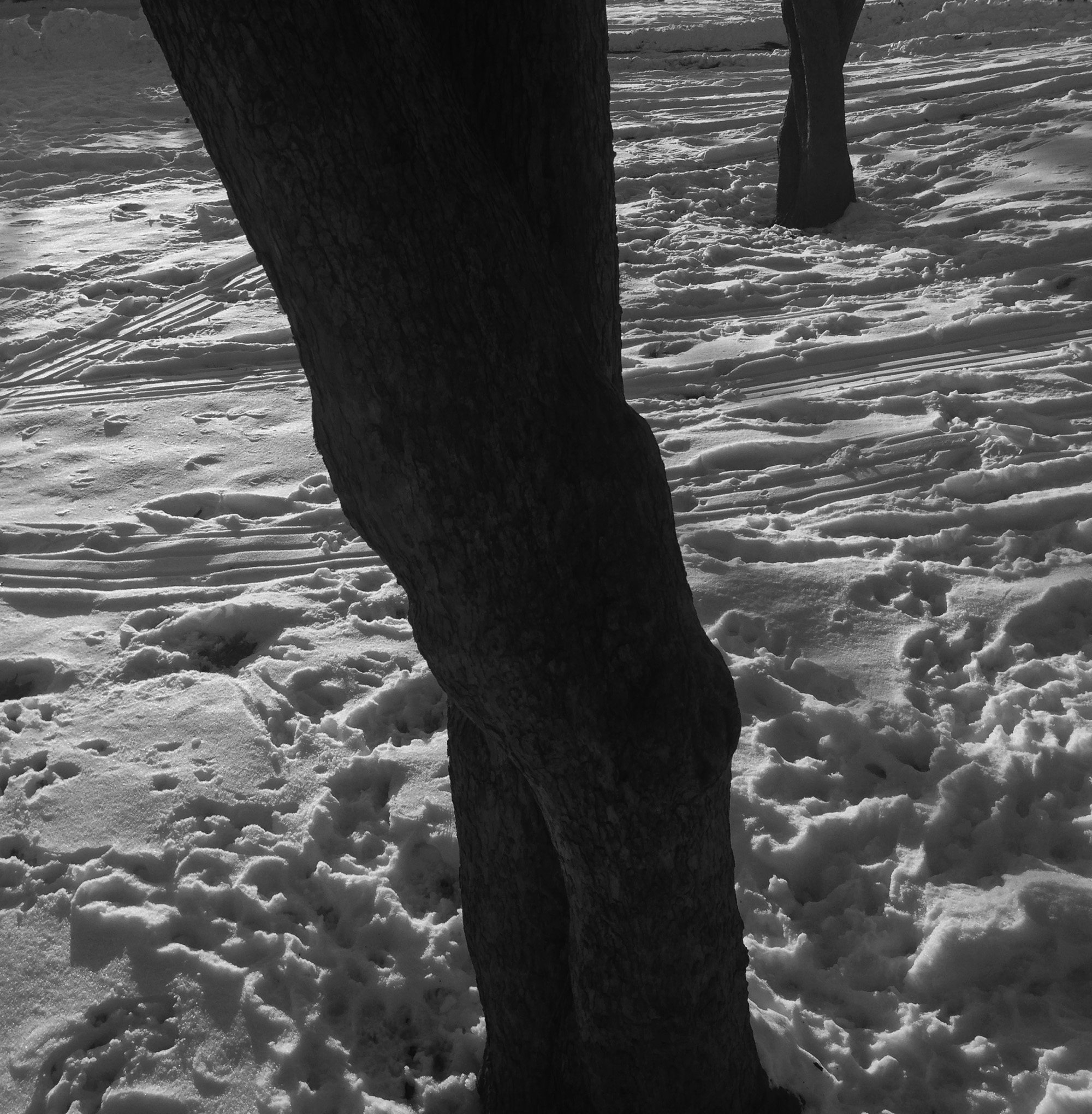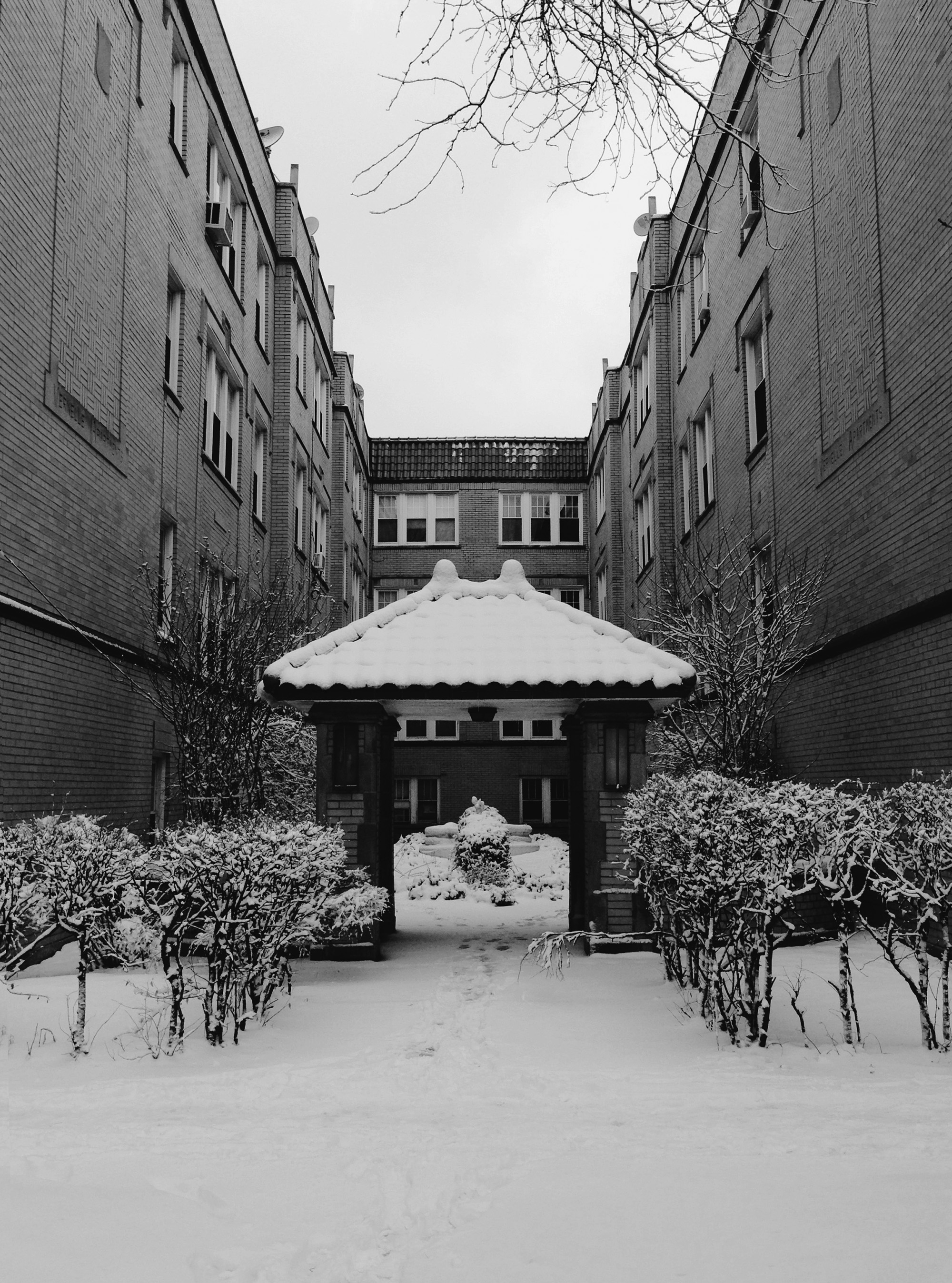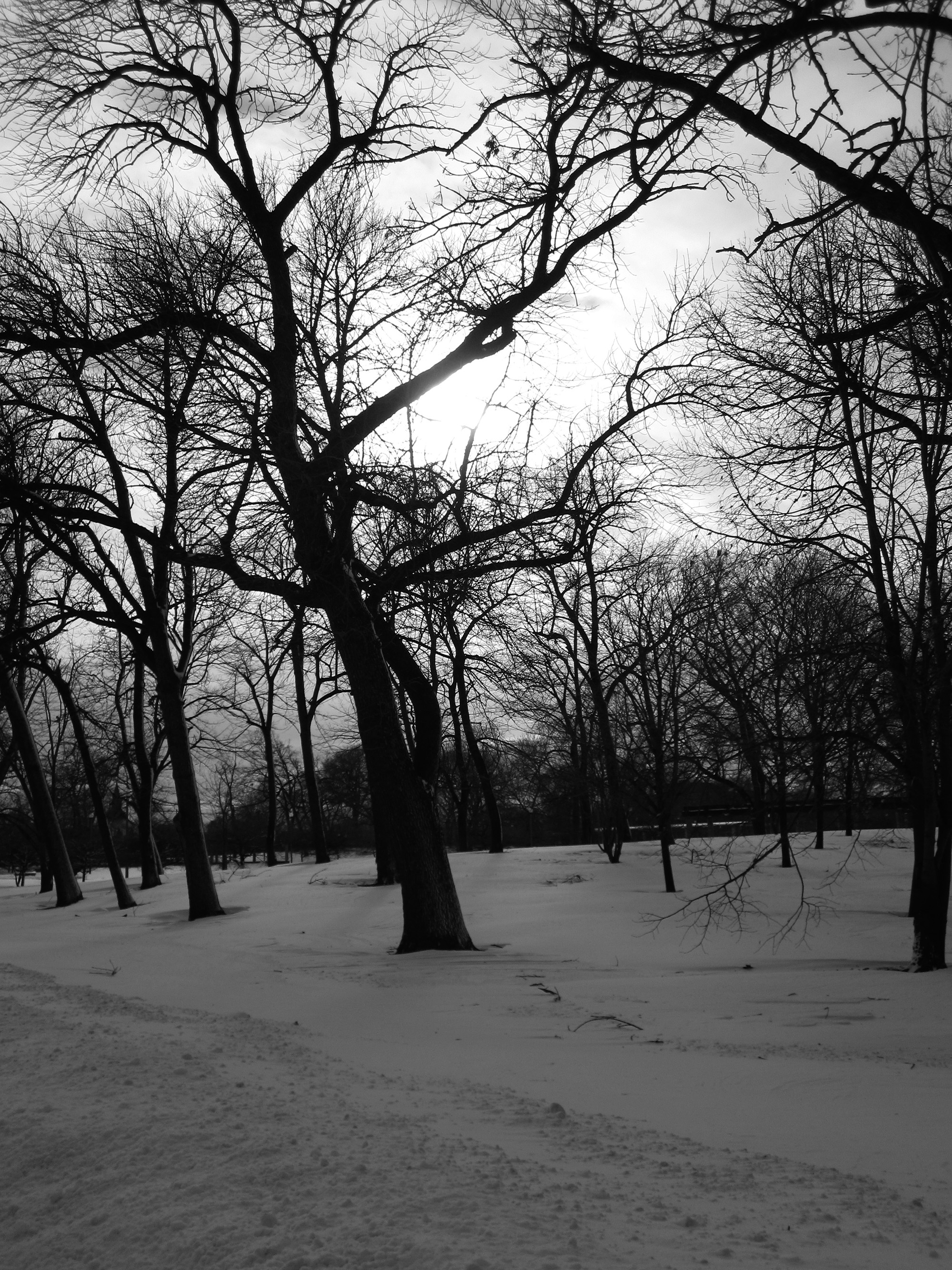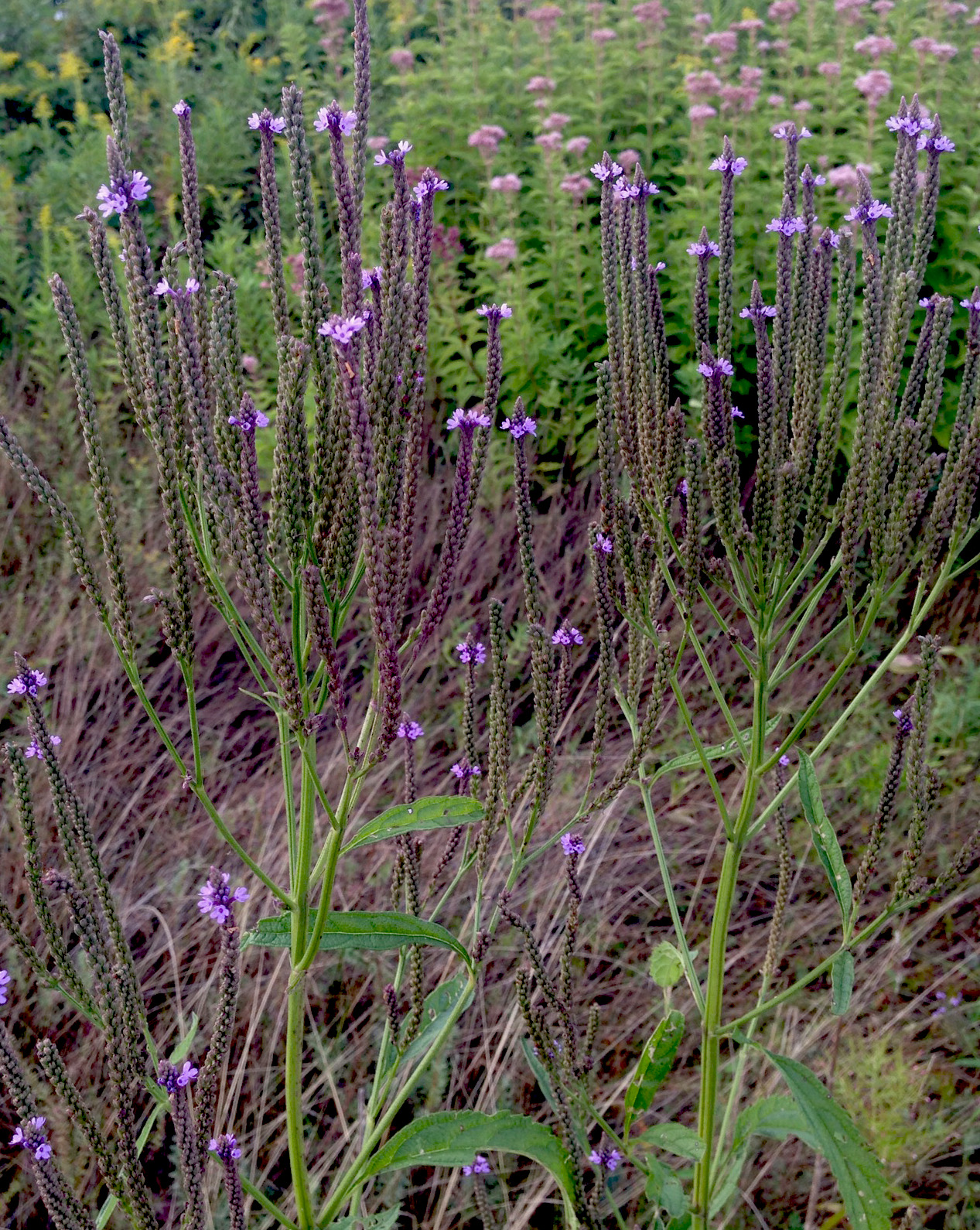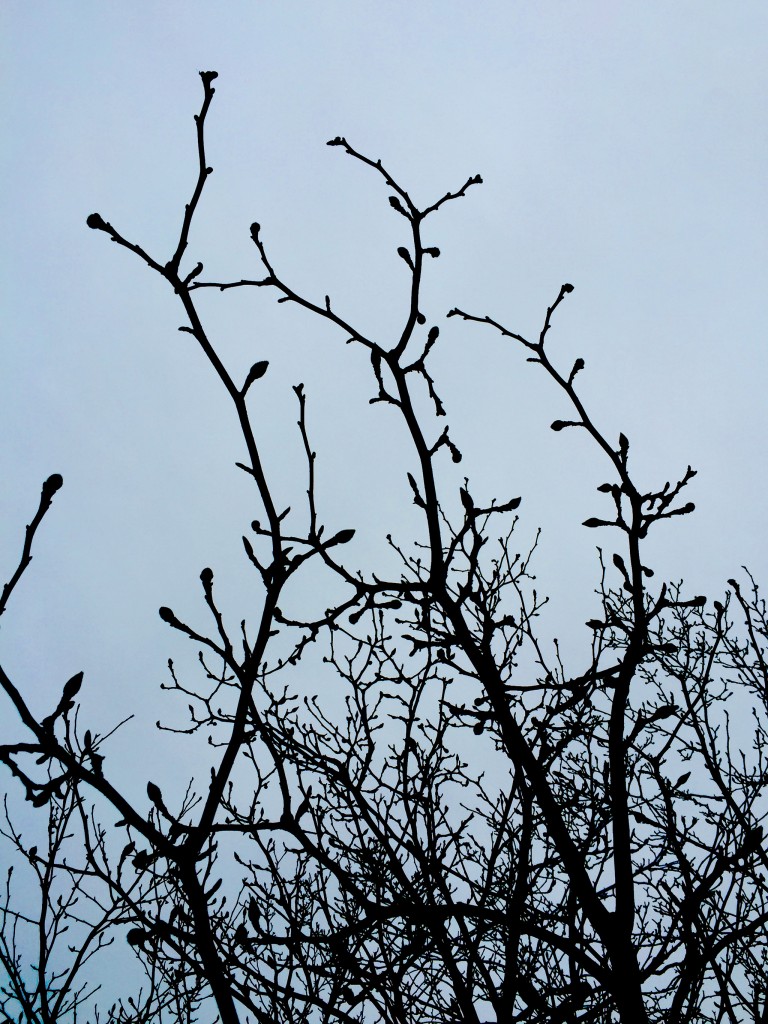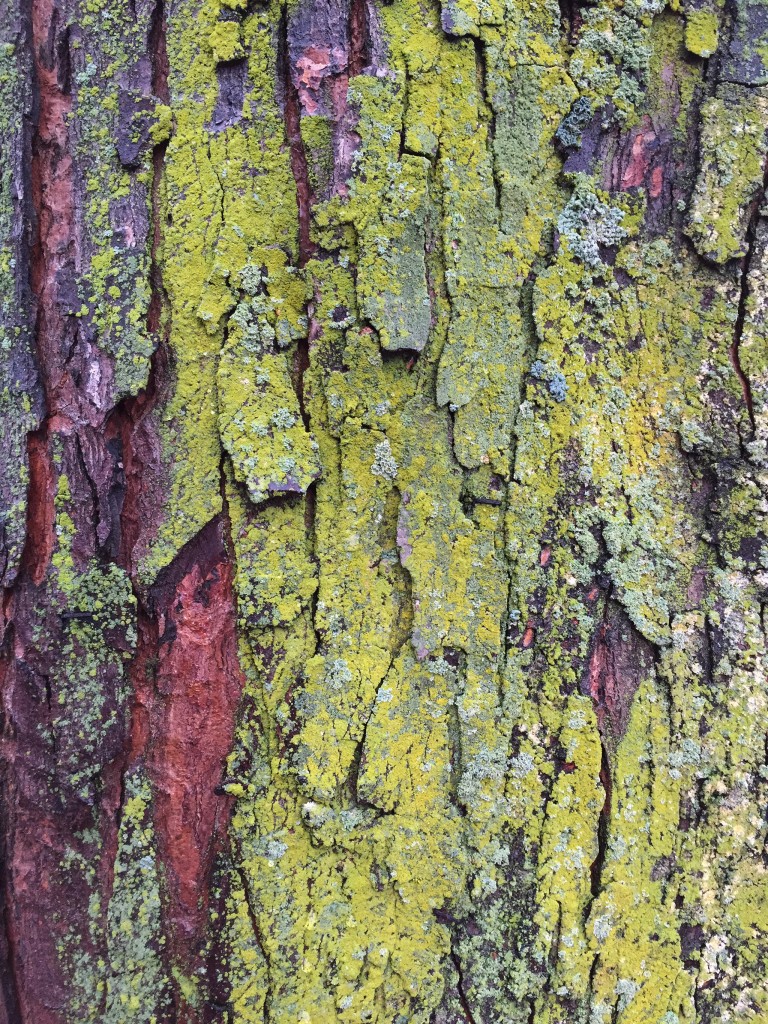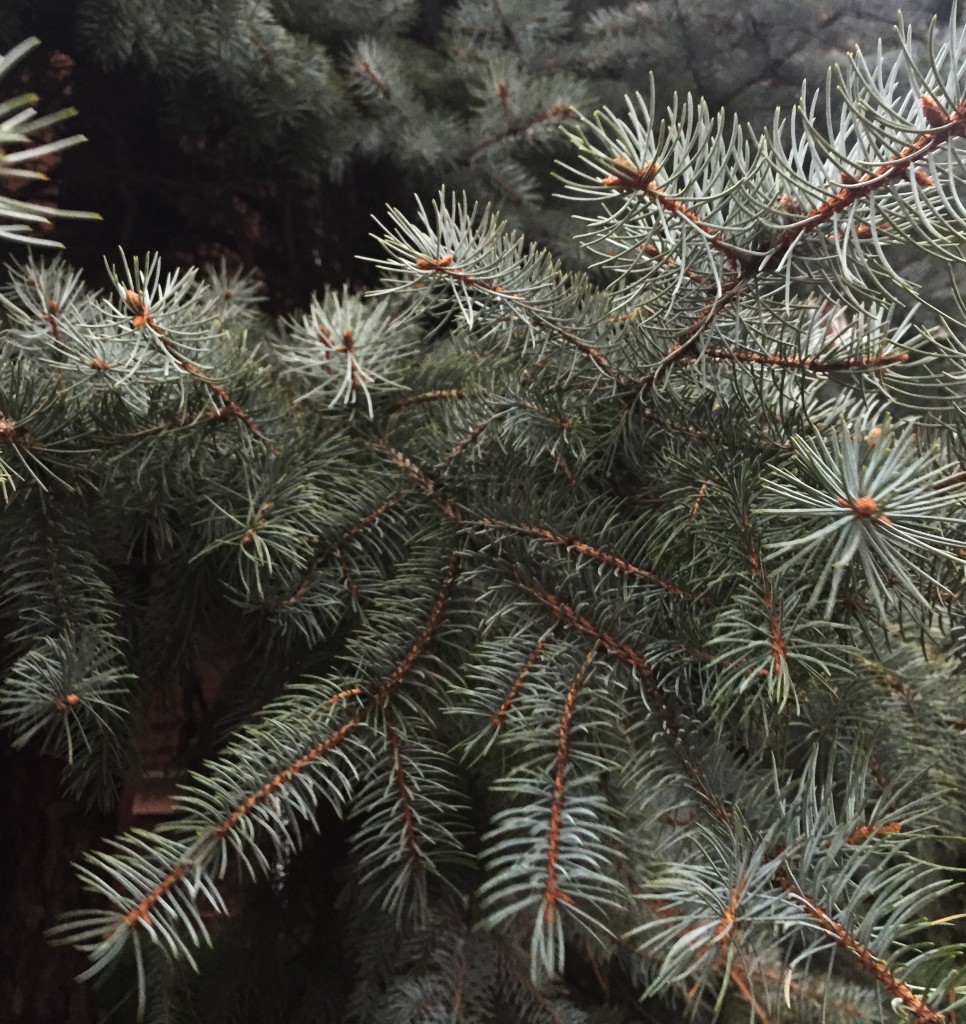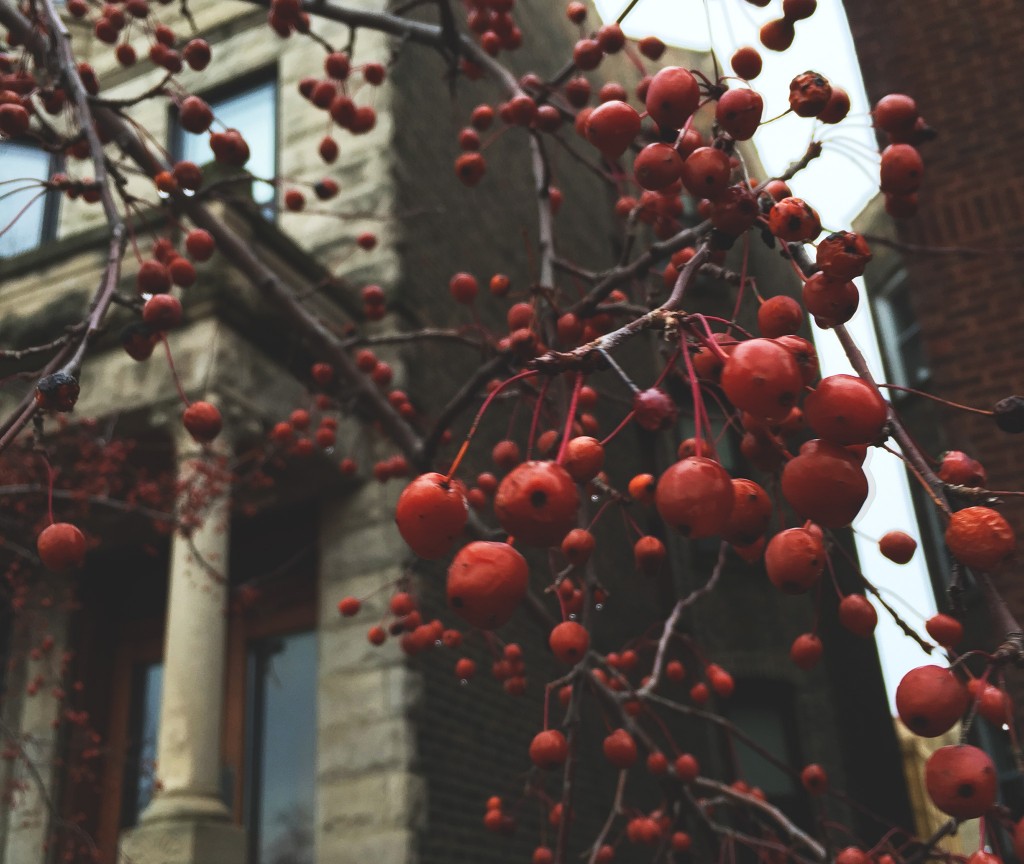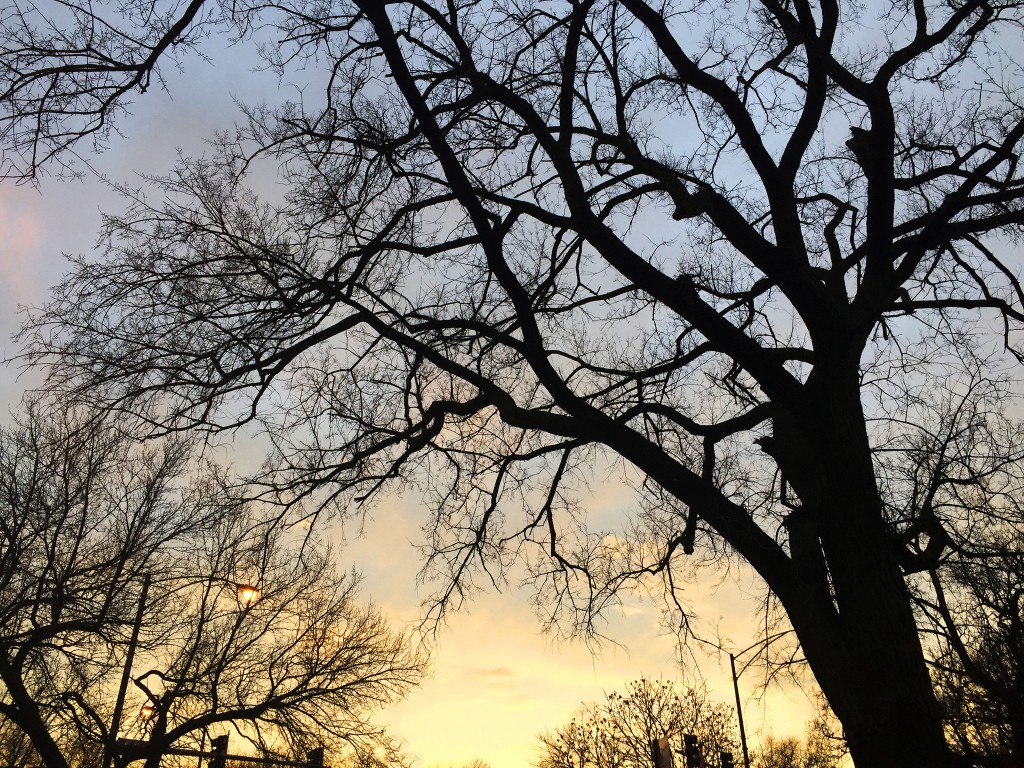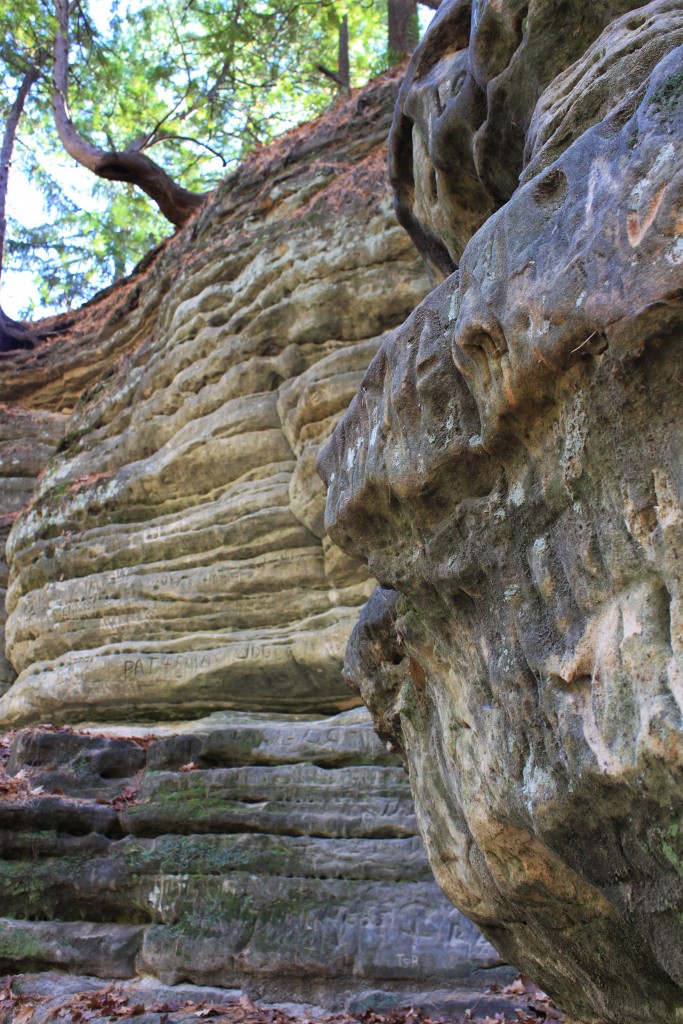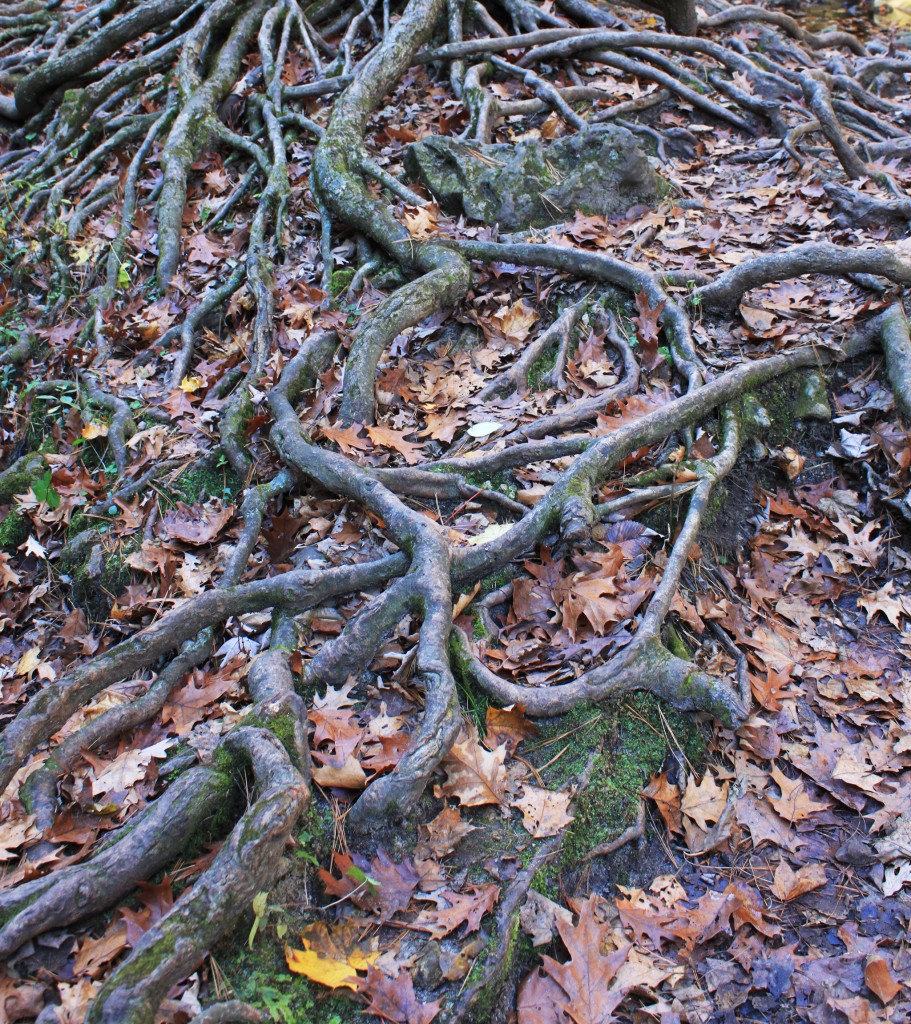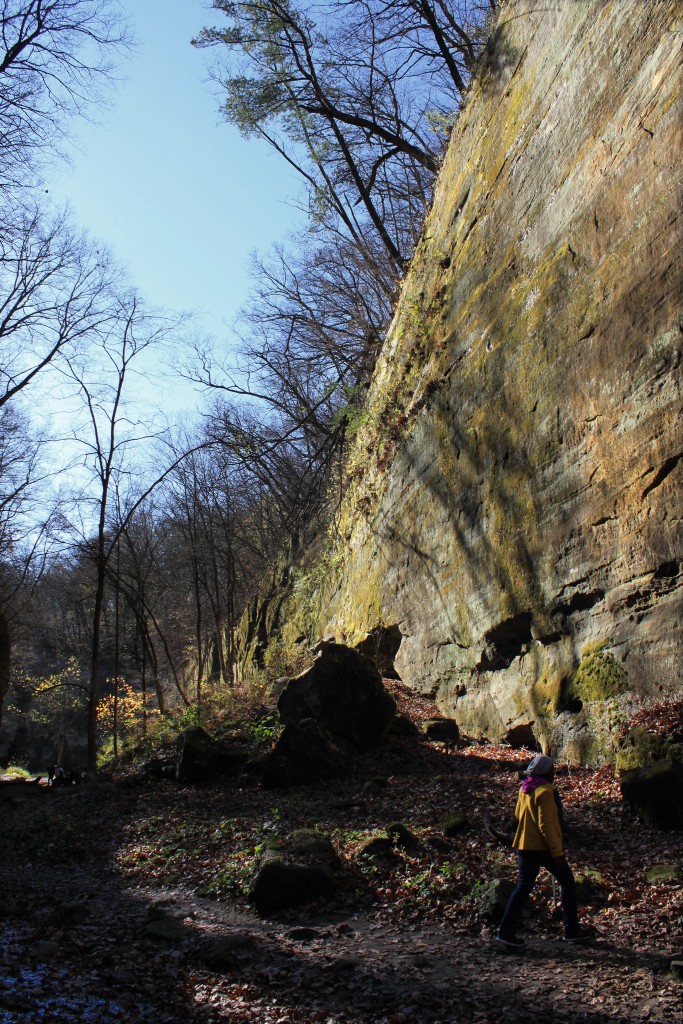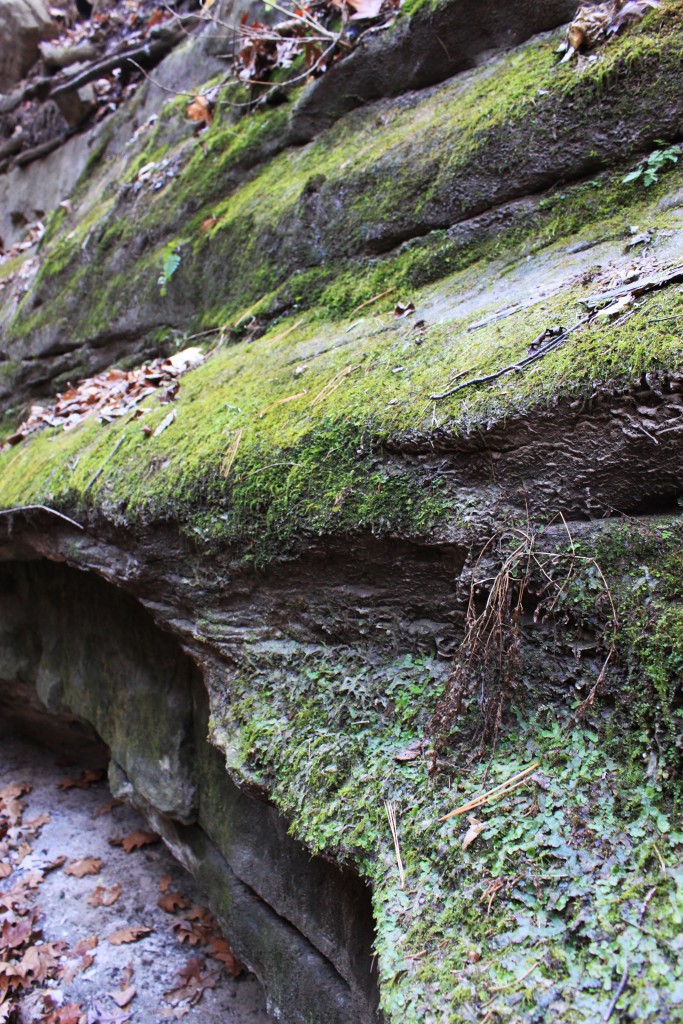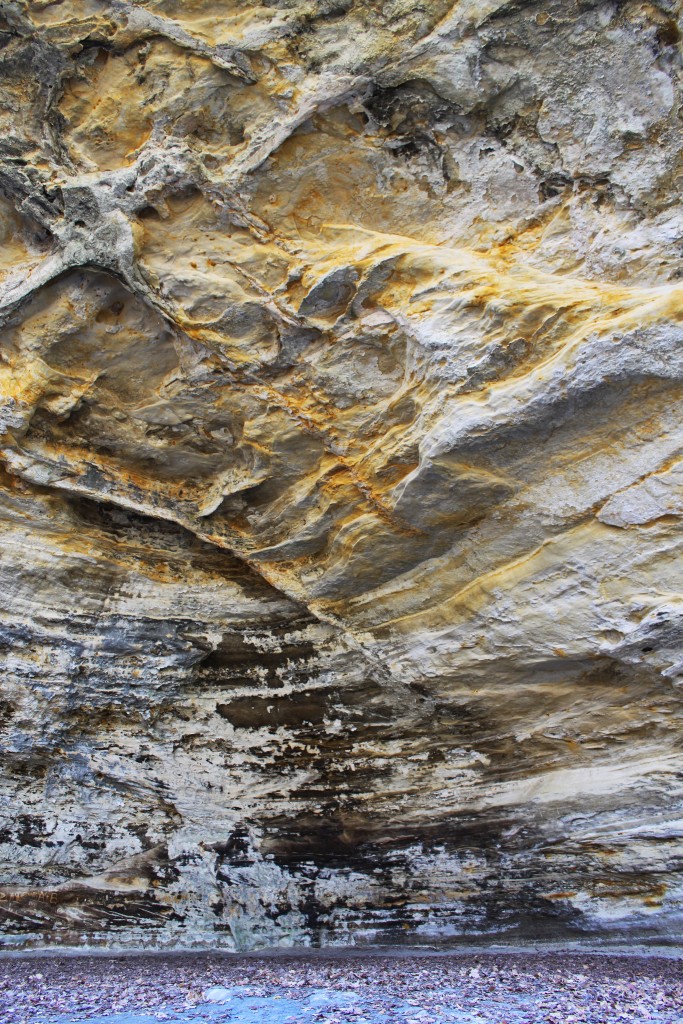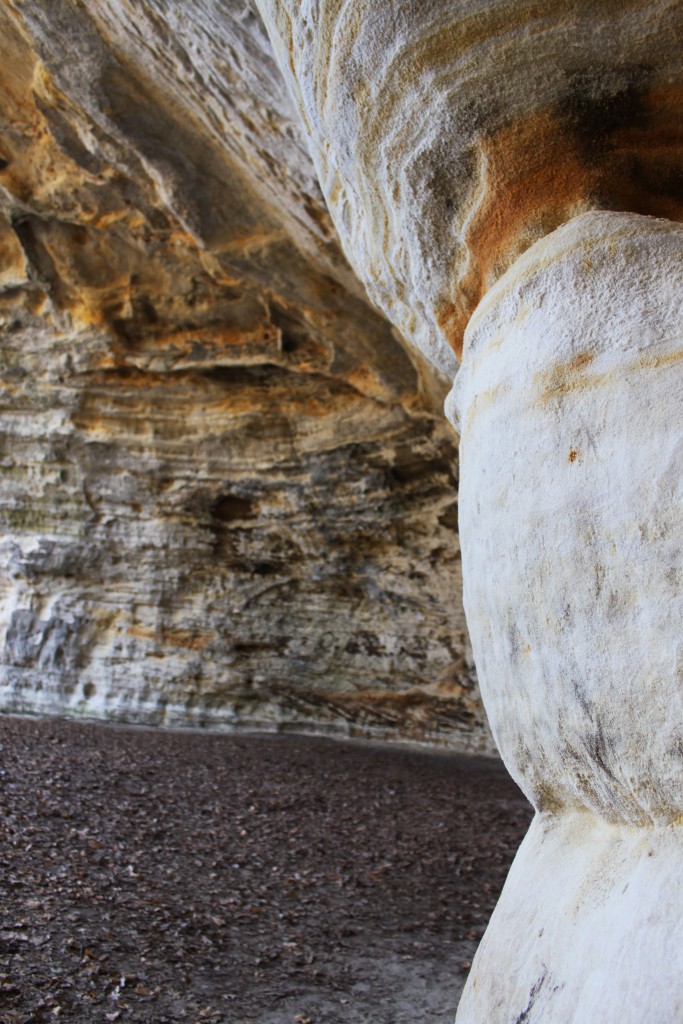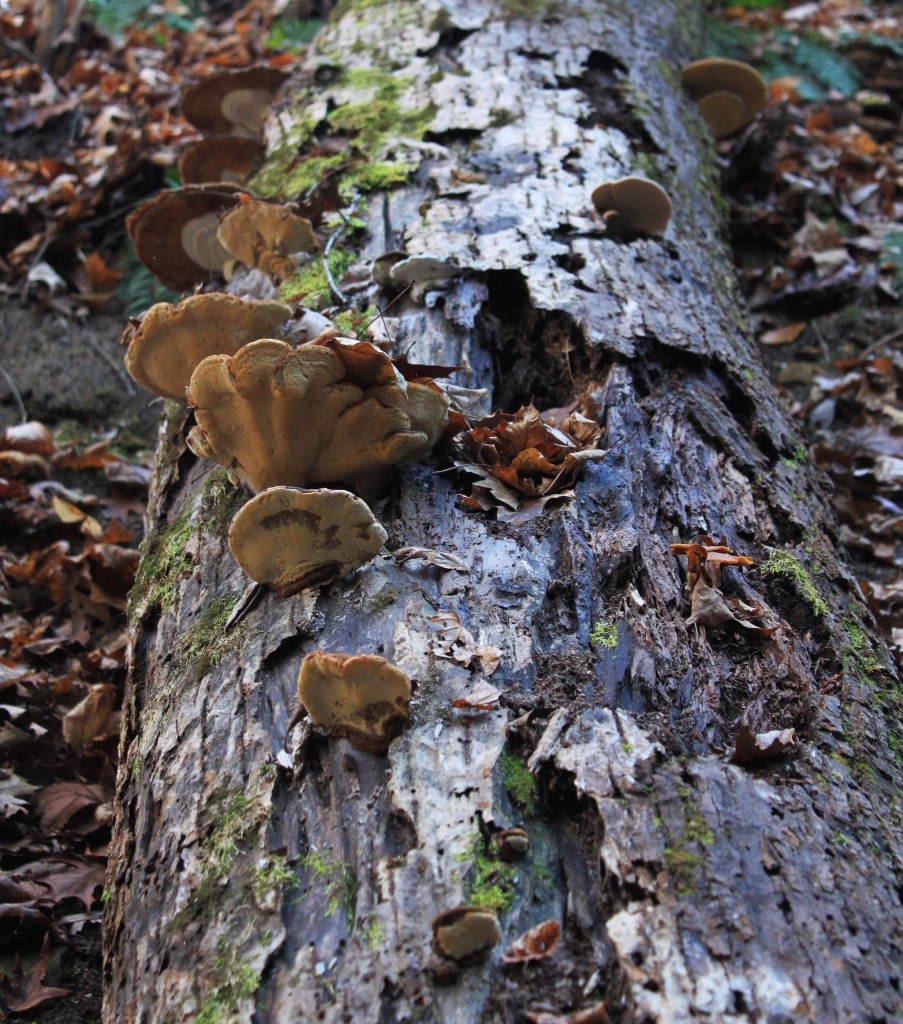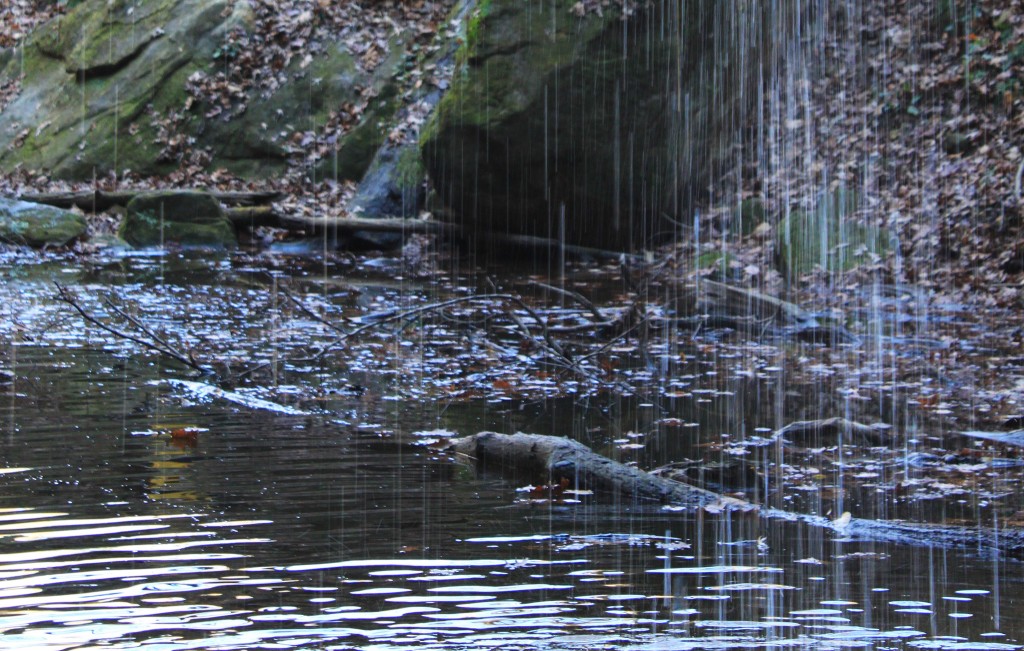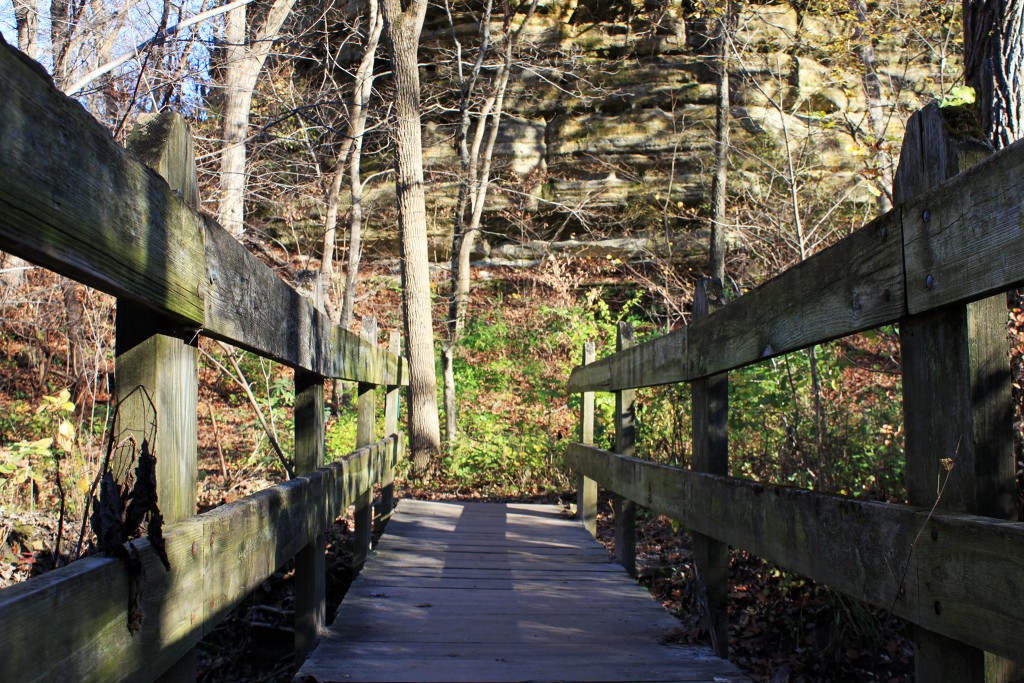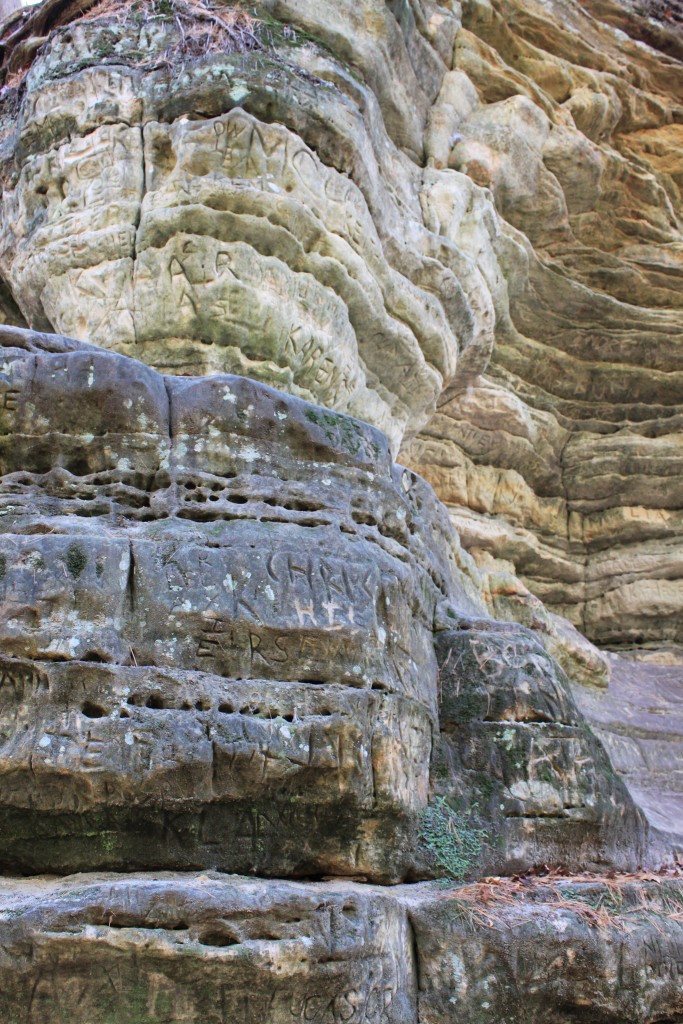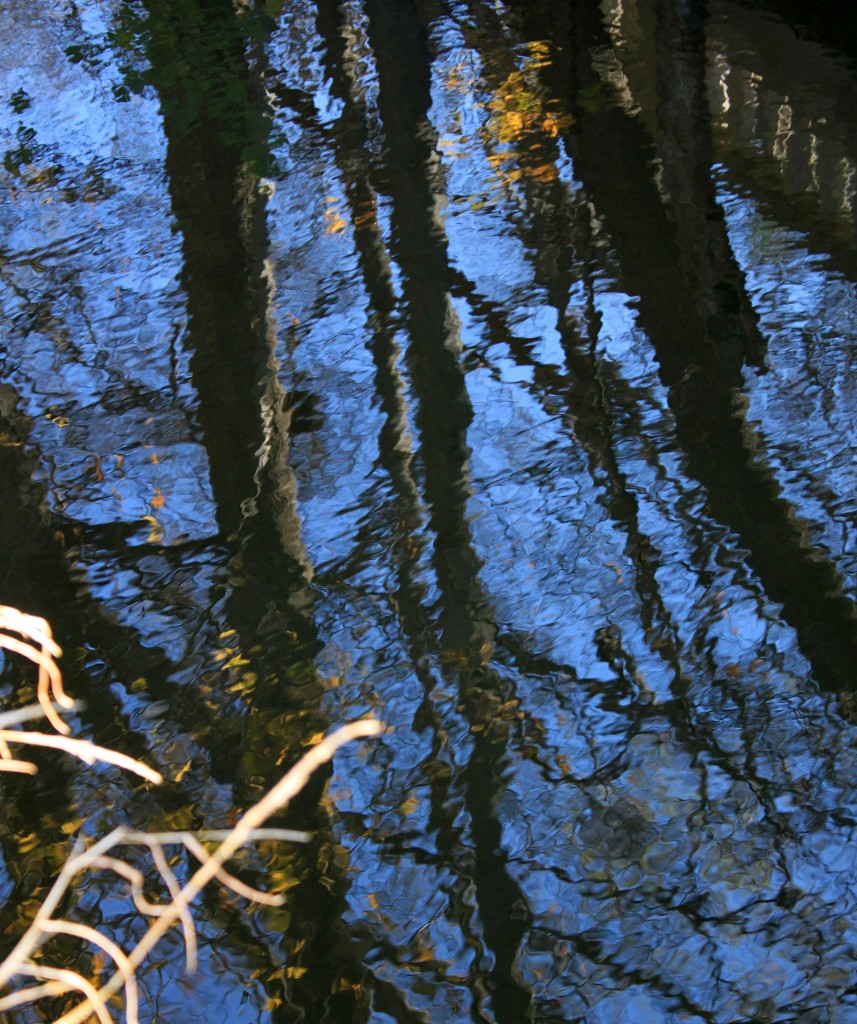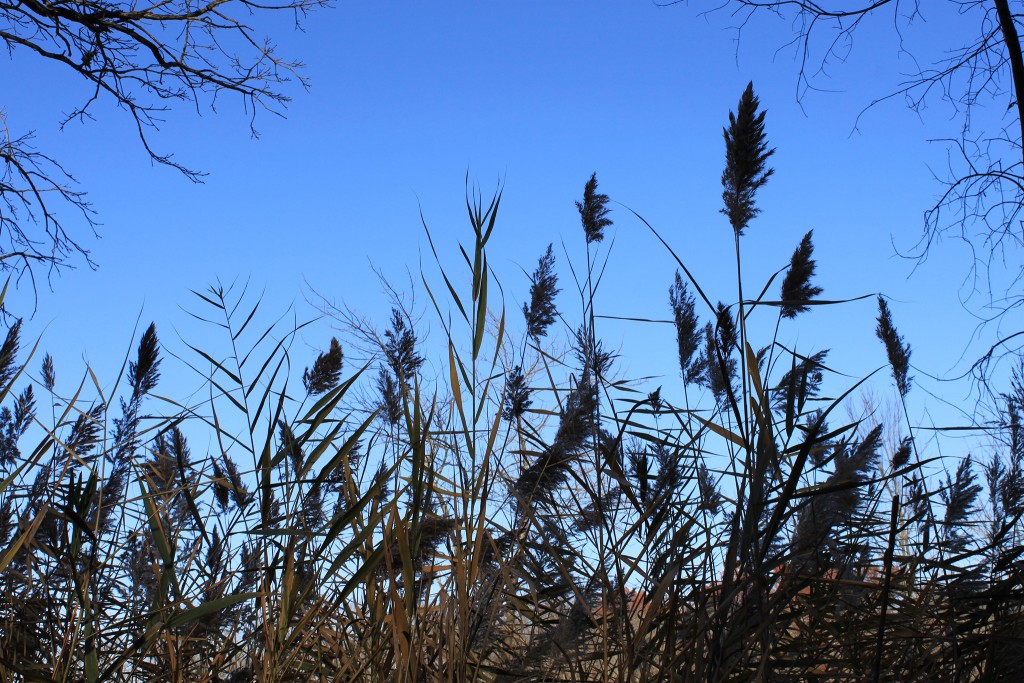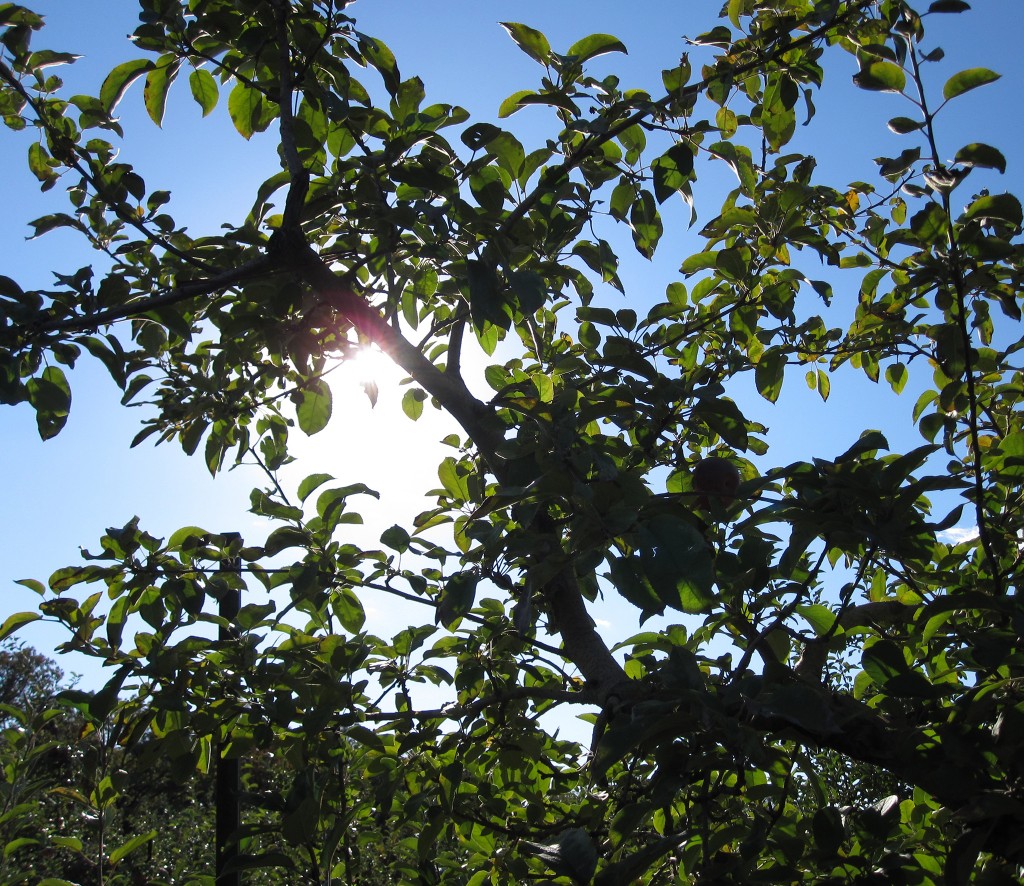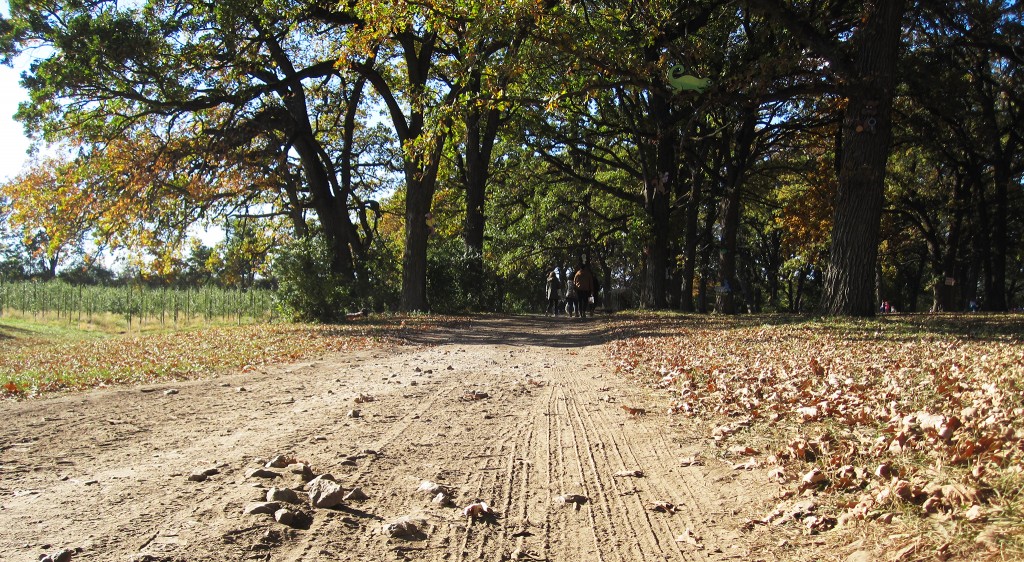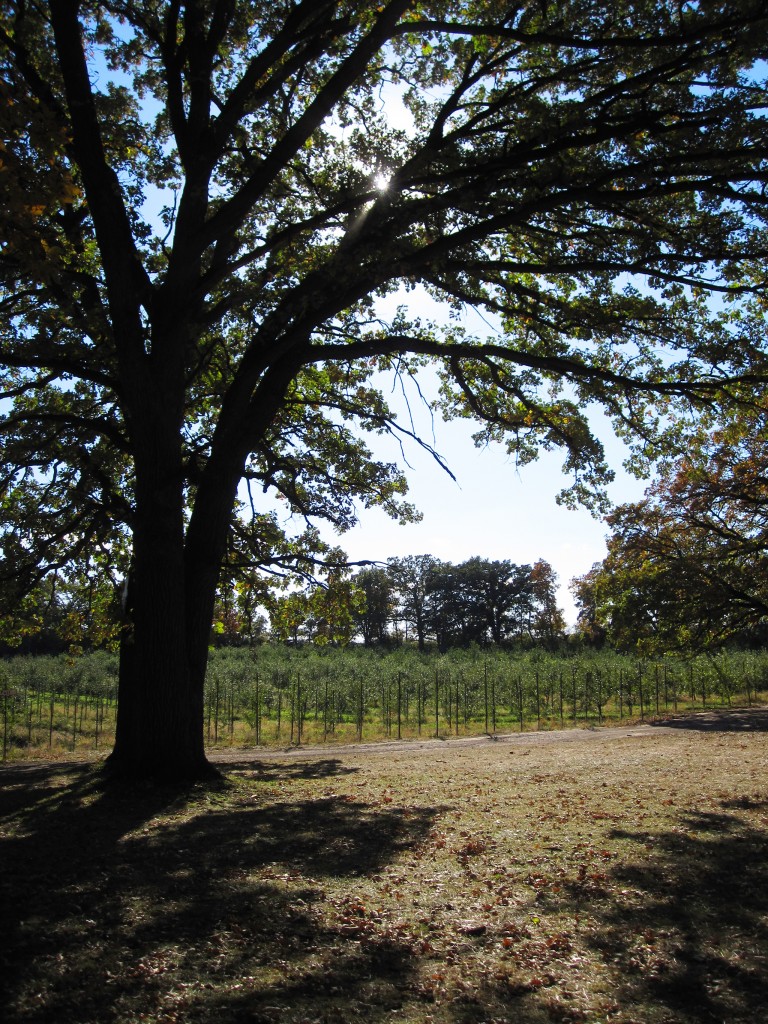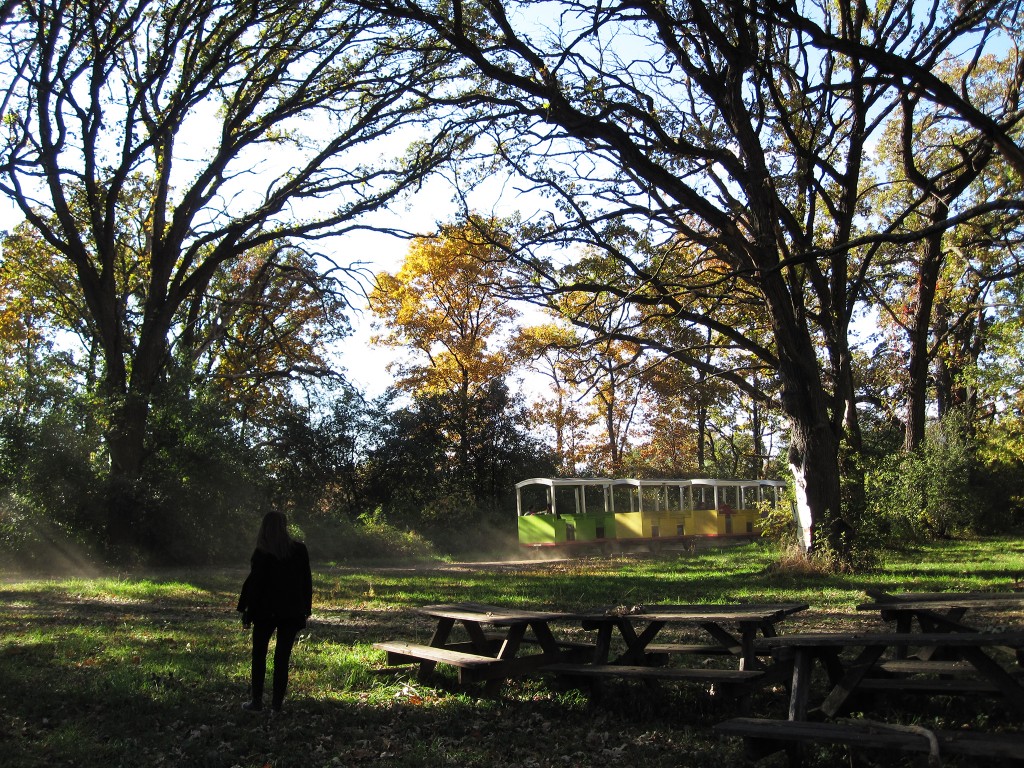Indoors vs. Outdoors
I’m trying to take my outdoor garden space more seriously this year. I always take time spent outdoors seriously. When there are only about 170 days in the growing season, you make the most of it. Even when you’re not actively growing anything.
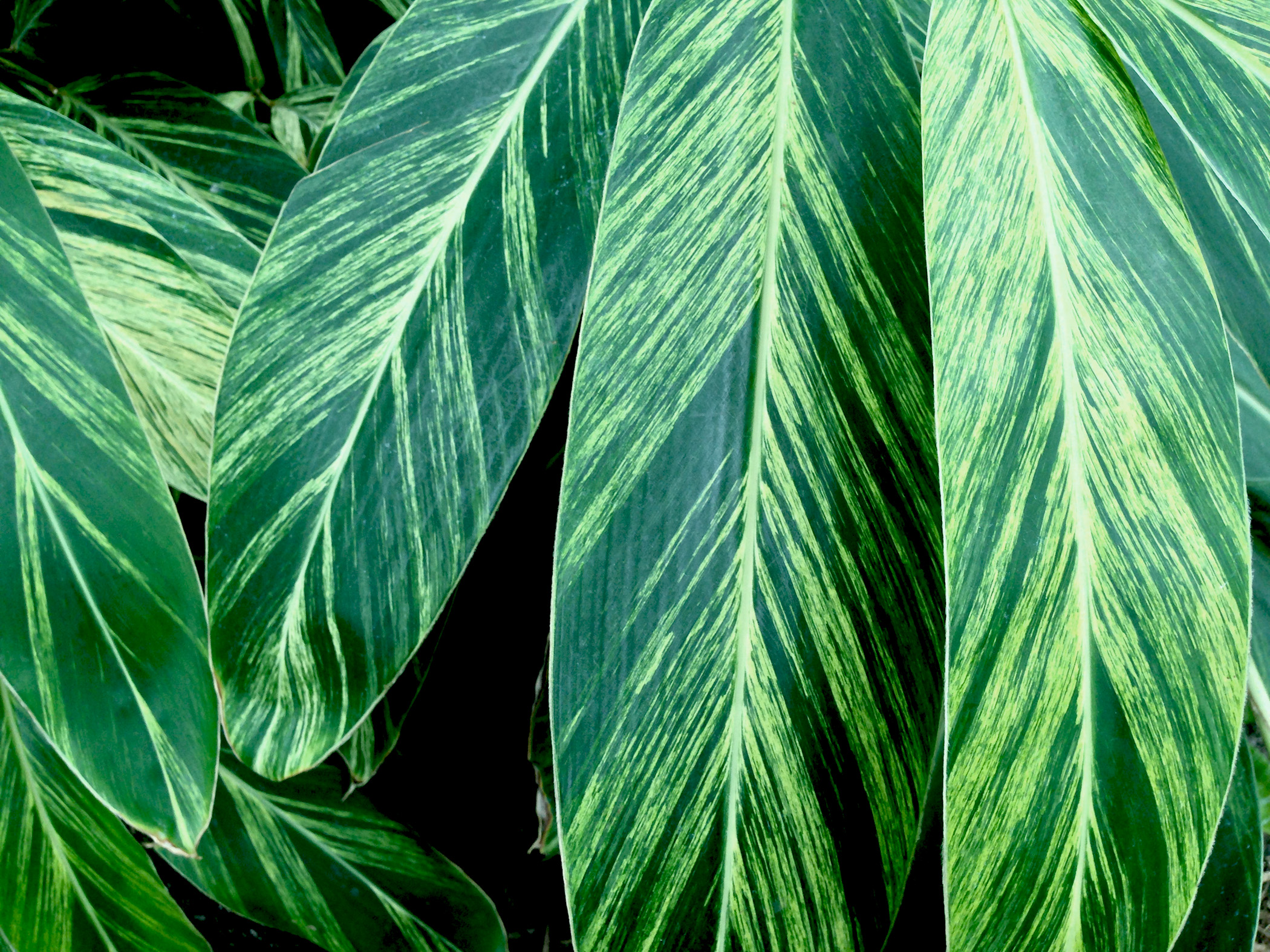
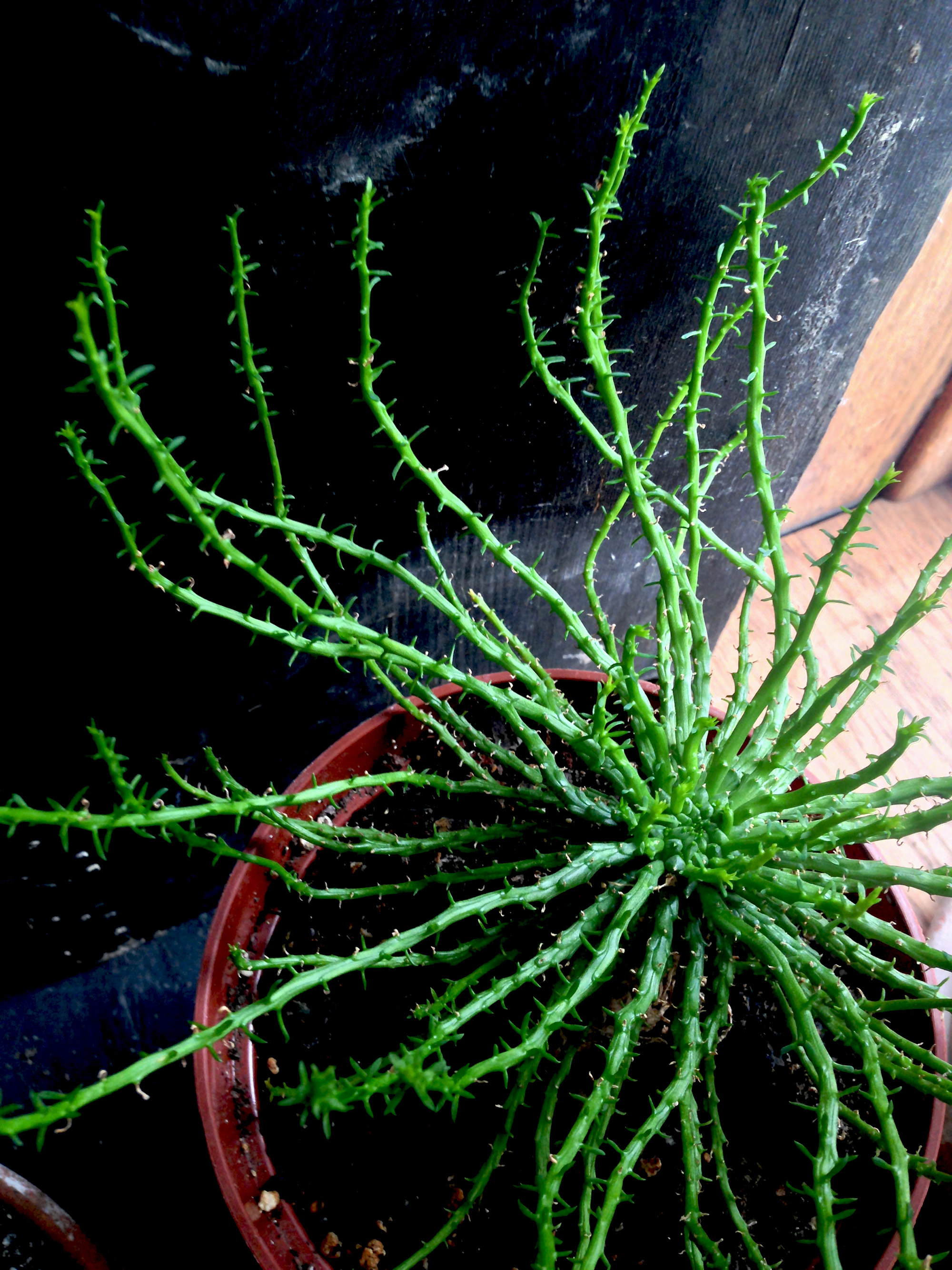
But this year I want to be an outdoor gardener. I want to walk out on our back porch and be surrounded by green, by sprouts that root deeply and grow to spill over the sides of our rickety deck railing. I want it to be lush. I want herbs and perennials and native grasses. So I’m amassing prairie seeds from local seed savers, and hoarding large volume outdoor pots, and learning the ins and outs of artificial cold stratification. The farmer’s almanac says I still have some time before last frost, so I’m trying to soak up all the information I can before heading outdoors.
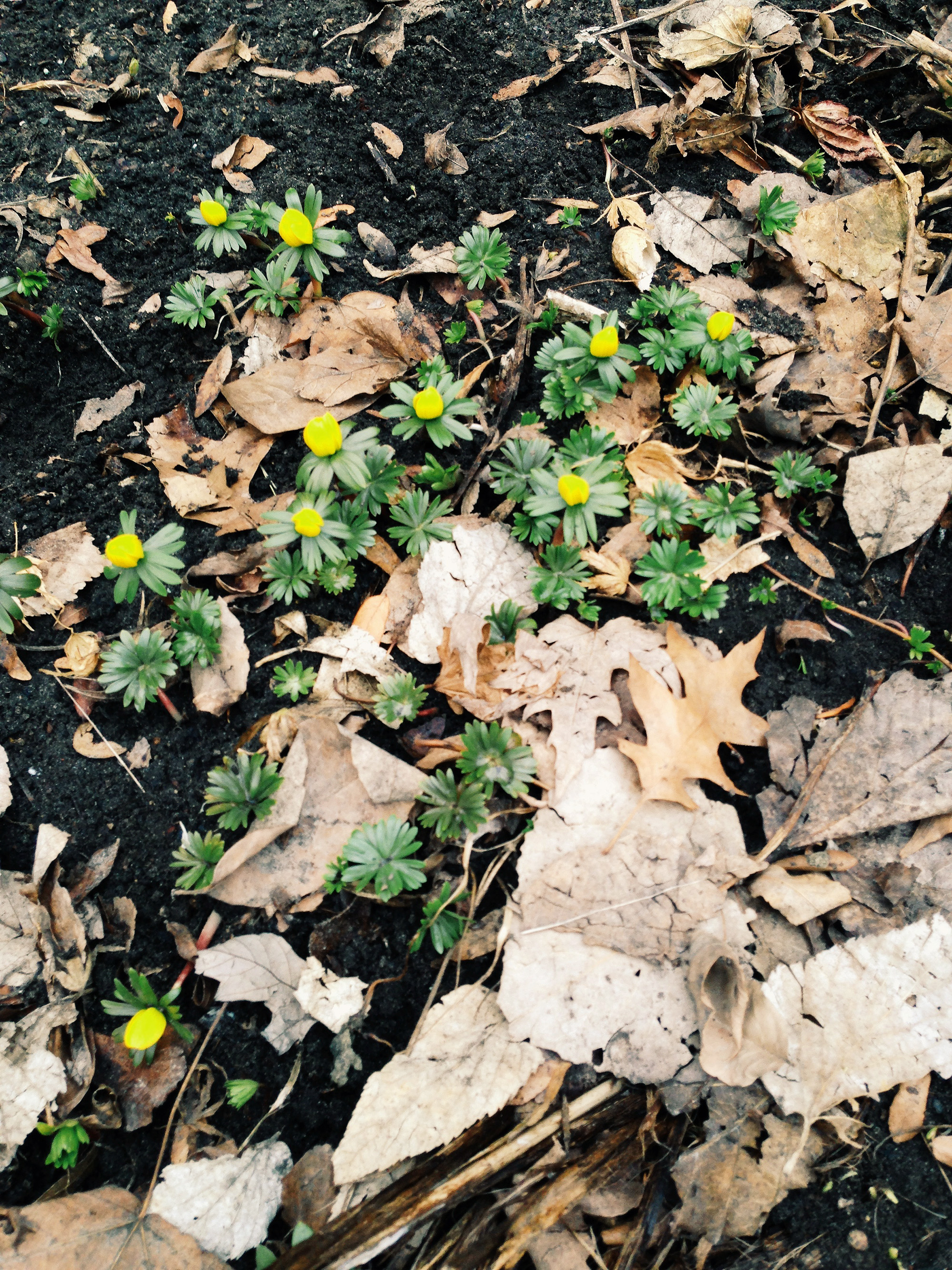
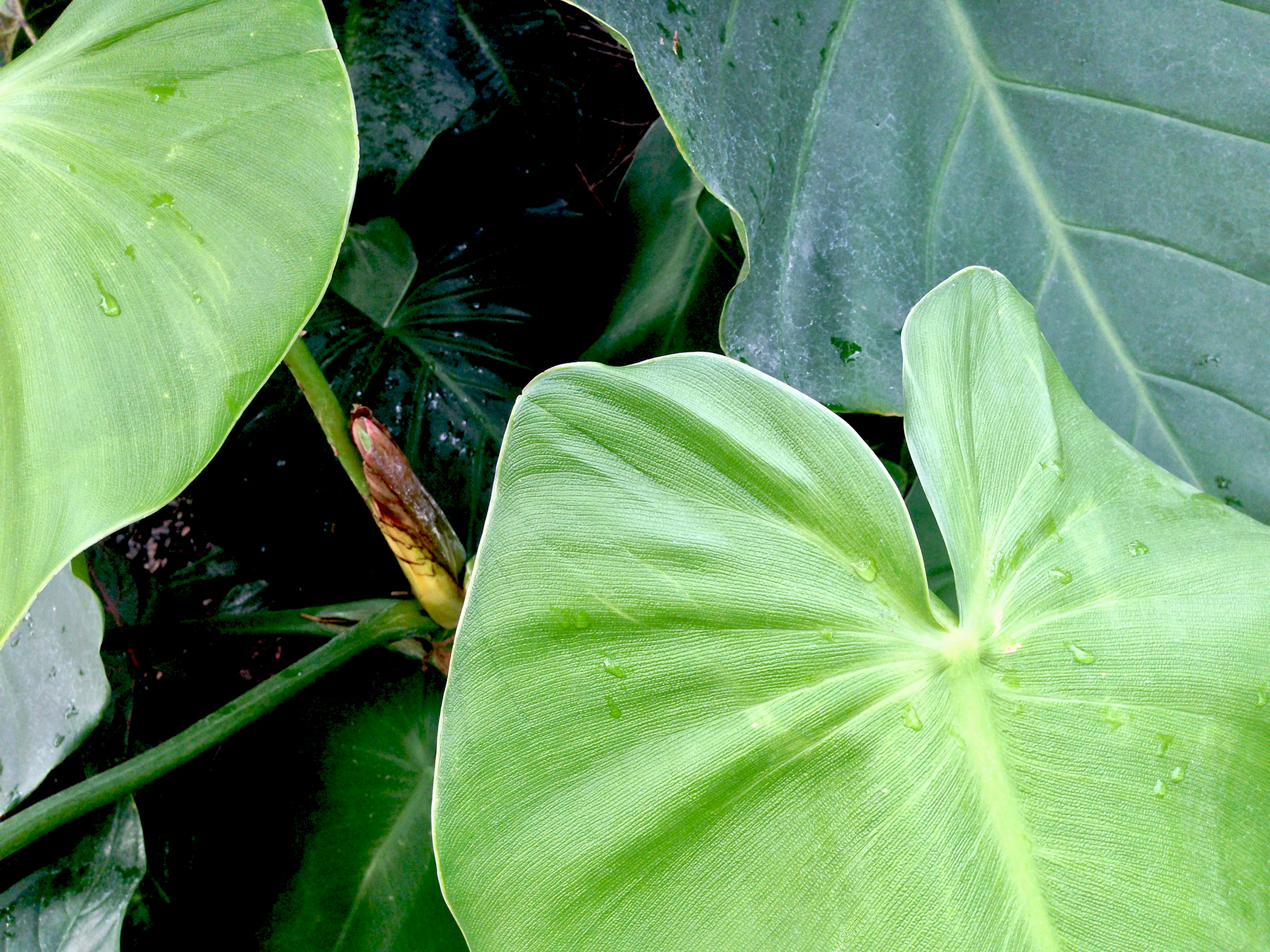
Of course, I’m not starting from scratch. I’ve grown plants indoors for years, decades now. I’ve had some trial and error. I’ve killed some plants and helped others thrive. I have experience. But something about this transition feels daunting. I feel a bit like I’m staring into the deep green unknown where a million septuagenarians are holding tight their best kept secrets for getting a second flush of tall thimbleweed blooms. I’ve only successfully overwintered plants once. I know nothing about making compost. Suddenly, it feels like I’ve got a lot to learn.
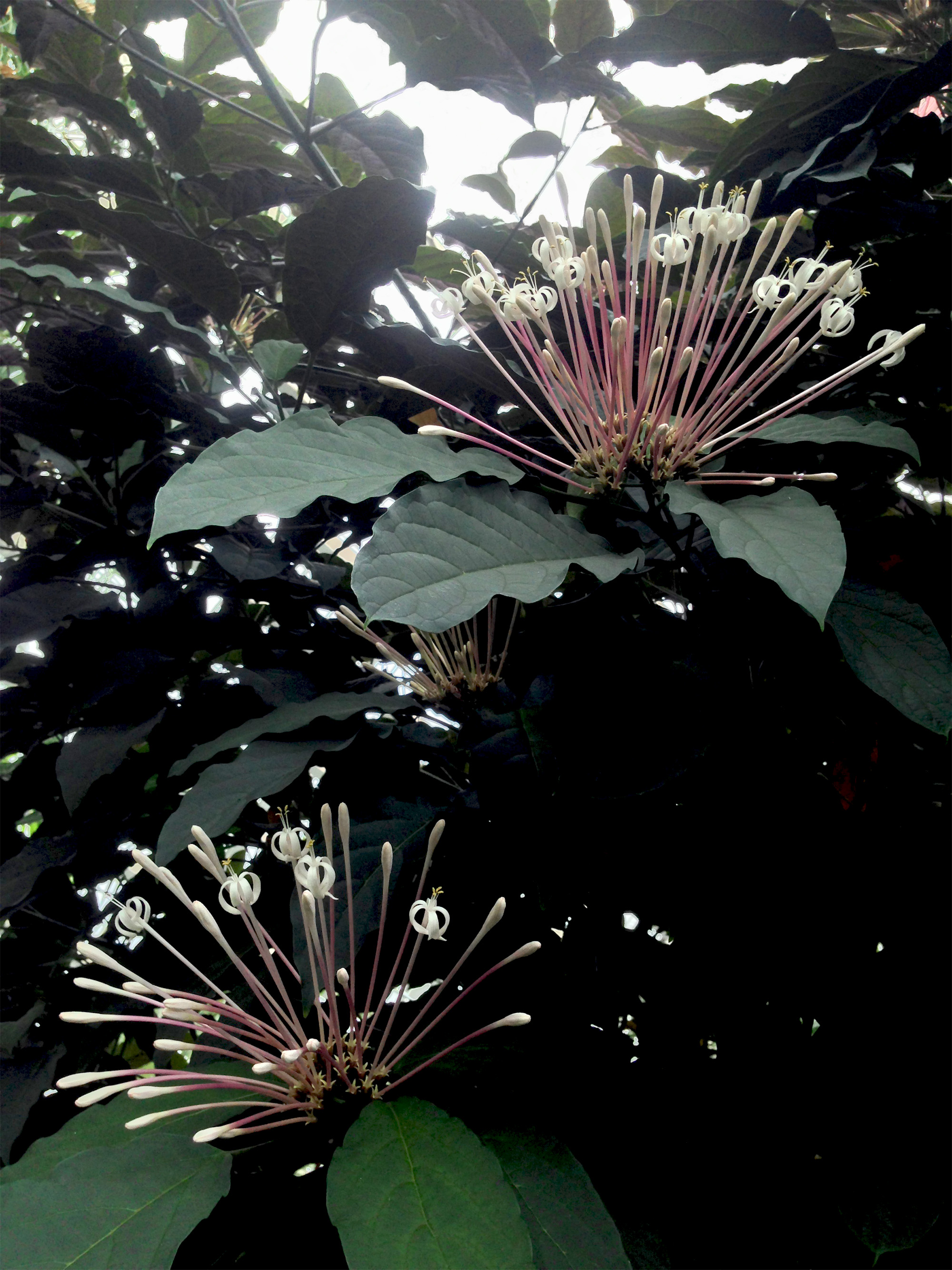
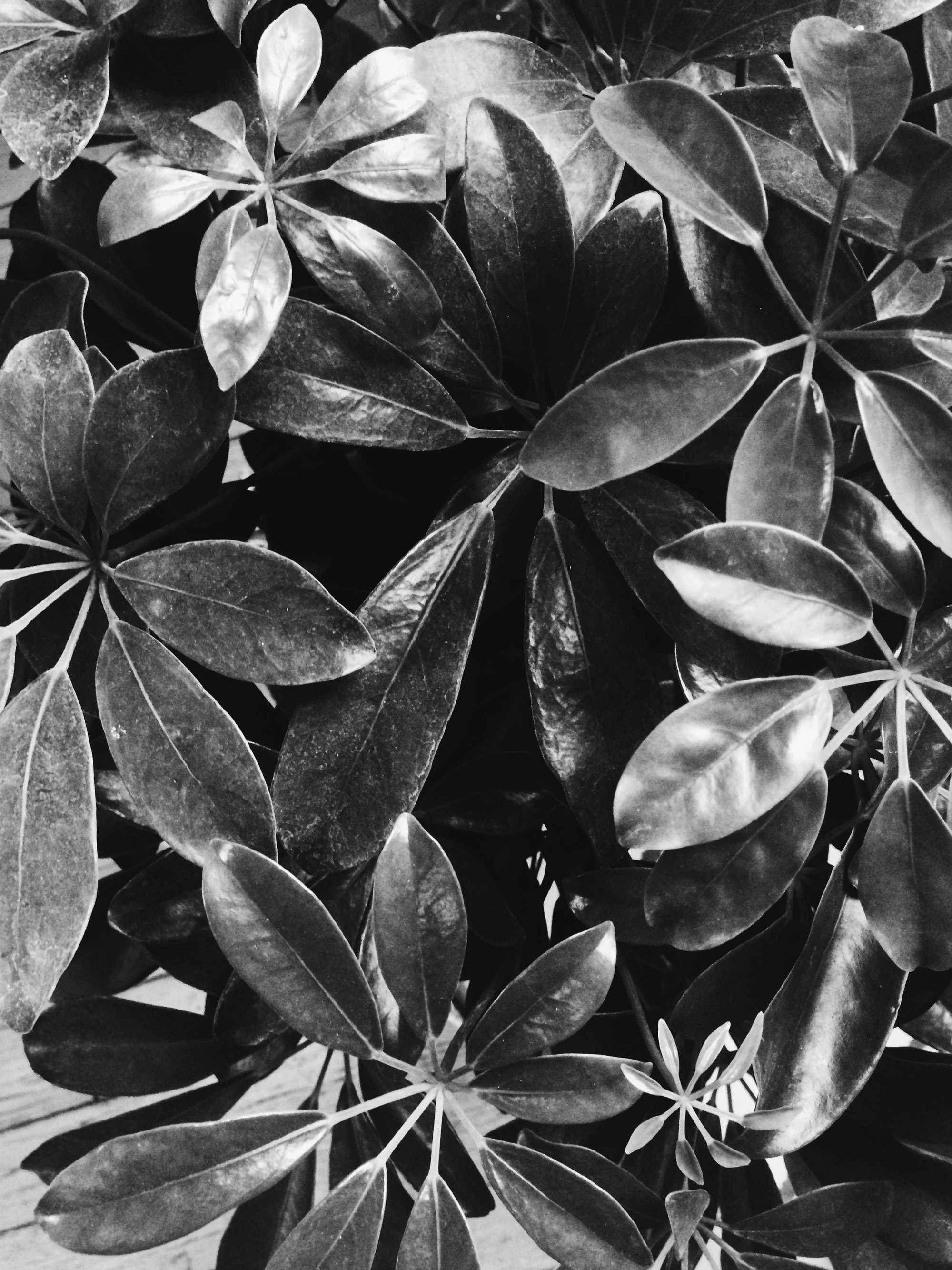
The nicest thing anyone’s ever said about my indoor plant collection was that it was a garden. I’d never heard anyone describe my overachiever’s hobby in quite those words. It was said by a friend of ours to his two year old son. He encouraged his boy to look at all the plants. That weren’t they nice? That they were a garden, just like ones they’ve seen outside. I saw recognition flutter over the boy’s eyes and if someone had been looking at me, they probably would have seen the same flutter in mine.
It was the first time I’d considered my collection of houseplants as anything more than a haphazard assortment, slowly and accidentally pieced together over thirteen years of living in a manic urban tundra. I’ve since looked around at the crowd of aging terra cotta pots and the greenery they hold and I realize I have indeed built a garden. The varied sizes and textures of the foliage, the drifts of color and contrasting variegation in the leaves, the transitions of growth and the seasonal interest — it’s all happening indoors too.
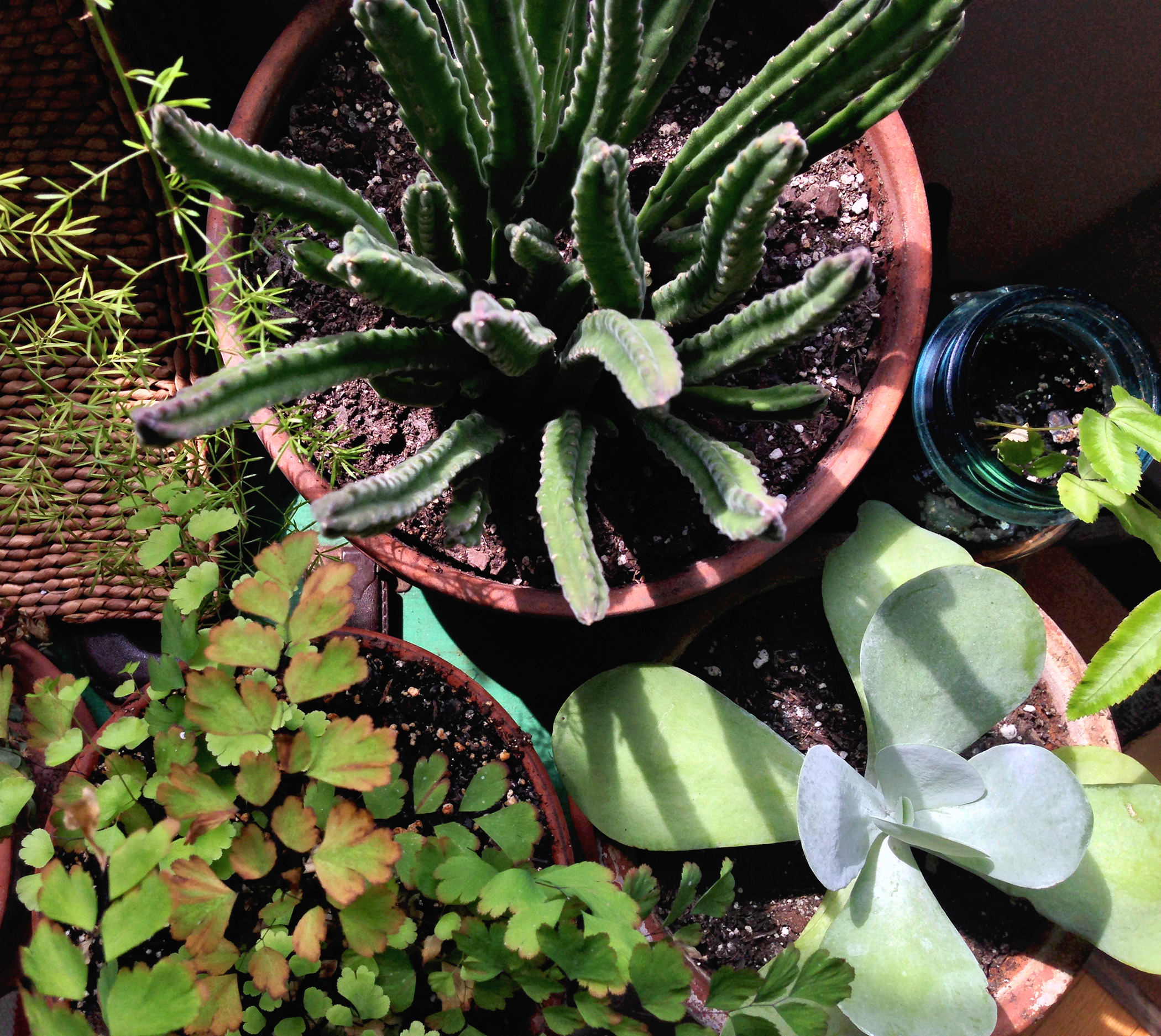
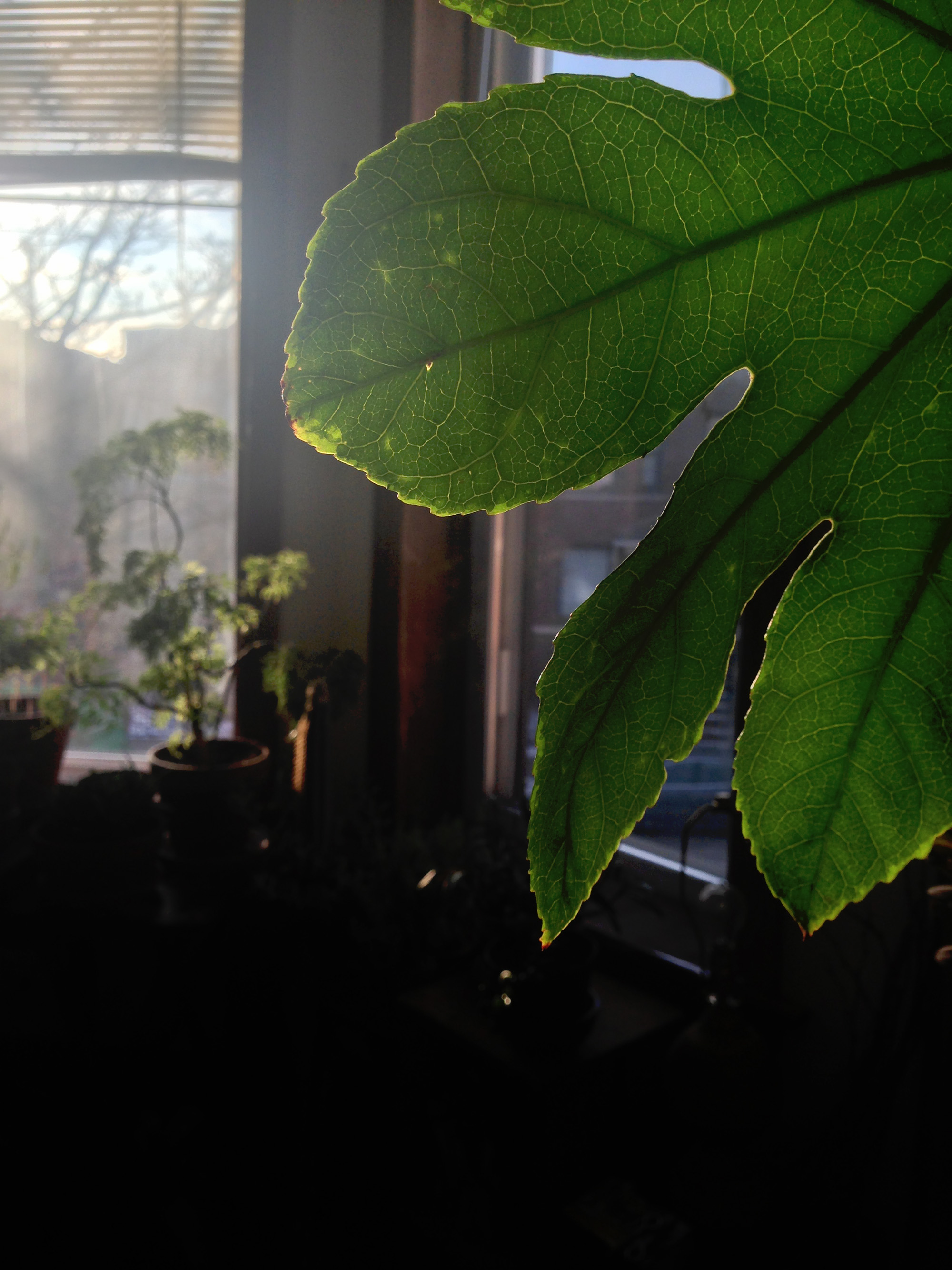
What makes us add the qualifier in front when we call ourselves “indoor gardeners”? Yes, it’s helpful to add some detail as to location and general point of view. I know a container garden has different needs from one that’s sown directly into the ground. But I hope our insistence on specifying where the gardening is happening isn’t indicating that what we’re doing is somehow less involved, less skilled. The care and monitoring and pruning that my inside plants require is real. Just as real as any deadheading or hardening off or N-P-Ks needed by the ones outside.
So, come last frost, I’ll be heading outdoors. I’ll be trying out some new species, expanding my glossary of terms, firming up my maintenance schedule, and building on my existing store of knowledge. I’m anticipating some growth. And some heartbreak. I’m ready for the challenge. And if all else fails, I know I can always come back inside, where I first set roots long ago.
